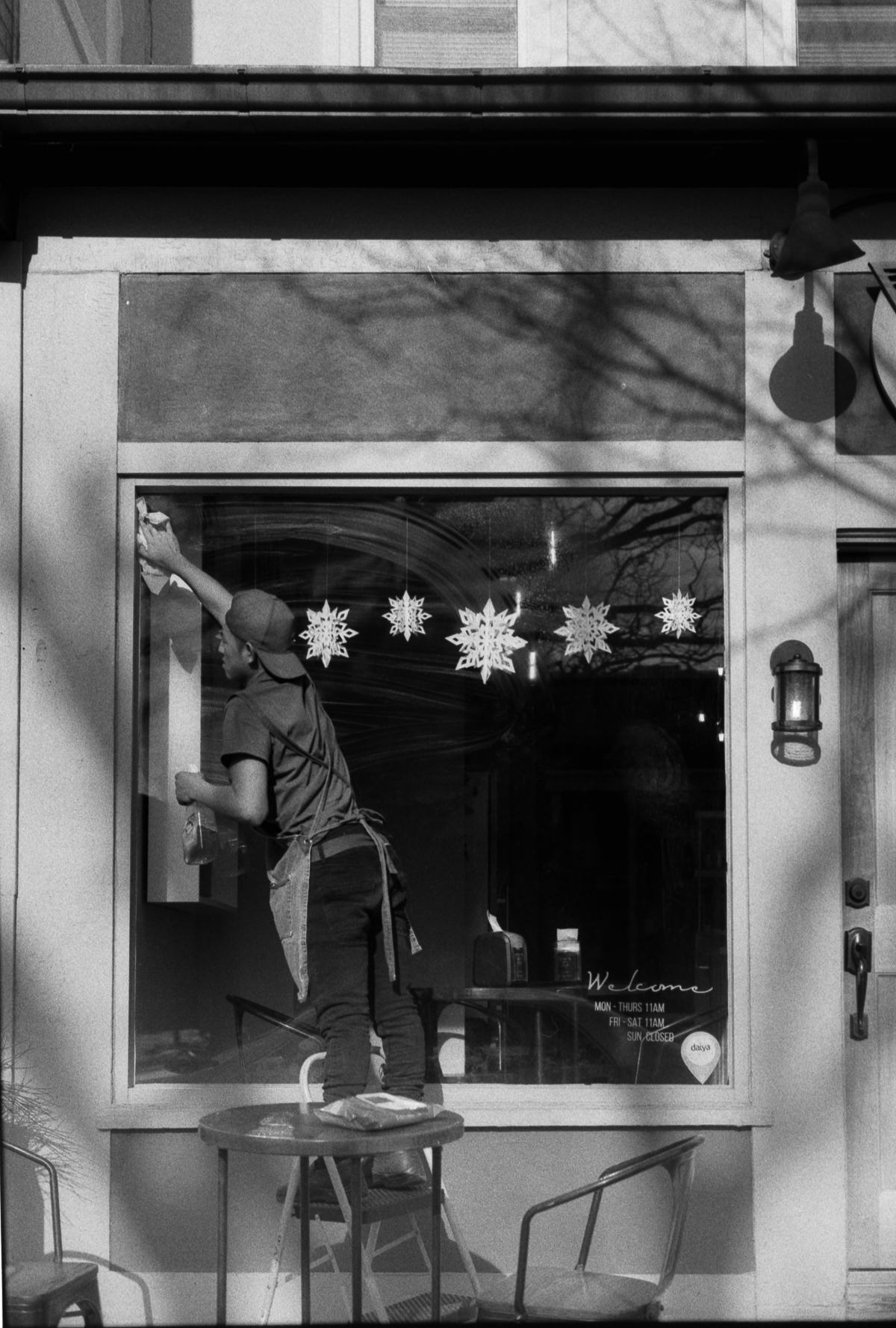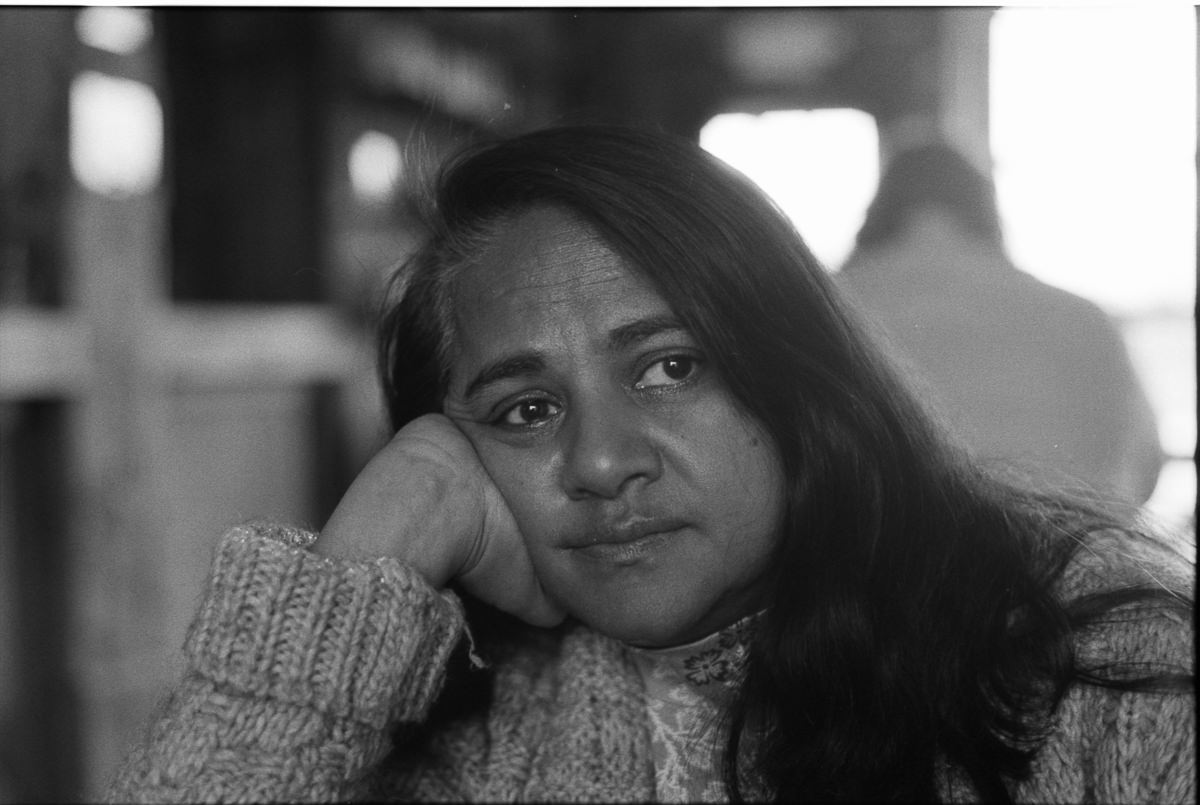Tag: Negative Film
Bhavna
Minolta XD-11 | MD ROKKOR-X 45mm F2 | Eastman Kodak Double-X 5222 400
Keeper Rate
One of the appeals of photography is the ability to capture fleeting moments. As photographers, we see a scene or even unfolding, and we desire to preserve that moment. It takes awareness of time and space (composition), attention to detail, practice and patience. It takes time to learn and master the camera and lens settings and the interactions of reflected light. The photographer must learn to work within the limitations of the equipment and their knowledge and experience. The photographer must learn to see how the camera sees. It can be rewarding and frustrating.
When my first child Shaan was born Bhavna, I tried to capture as many of these moments as possible. In 1999, we used my Pentax P3, a 35mm manual focus single-lens reflex (SLR) film camera I purchased in 1988 for a college photography course. Before our kids came along, I used that Pentax to document our college post-college experience, travel and events. There was no screen to check the photos, and only after the 35mm film roll had been processed and printed could we see what we had captured. As the parent who spent most of the time with Shaan, Bhavna used the camera more than I did. We developed a lot of rolls of 35mm film, and we caught a lot of memorable moments. But Bhavna was not as adept at using the Pentax as I was. There were a lot of missed moments, and it was an expensive endeavour to purchase, develop and print each roll. Our keeper rate was relatively low. We stopped getting prints and requested scans saved to a compact disk to reduce costs. But I wanted more.
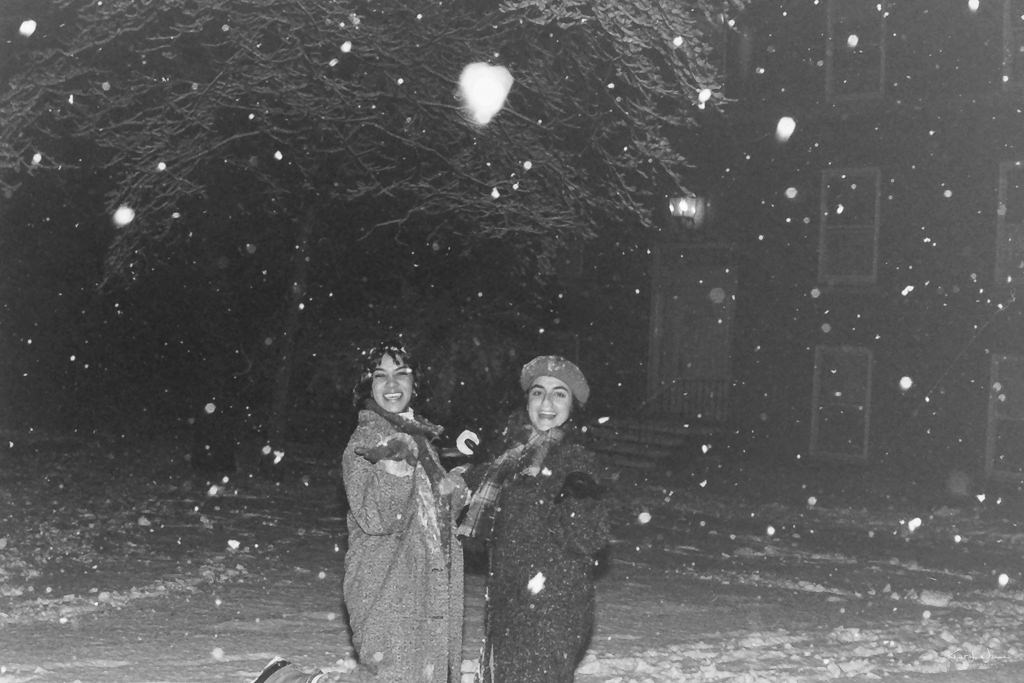
Circa 2001, we bought our first digital camera, a Sony DSC-S70. The point-n-shoot was easier for Bhavna to use. Our keeper rate went up, and with autofocus, the 3.4-megapixel sensor produced images suitable enough for standard size prints1. I had very little control over aperture, exposure, no control over ISO, and no manual focus capability. All images were recorded as JPEG. I soon outgrew the limitations of that fully automatic camera. I wanted more.
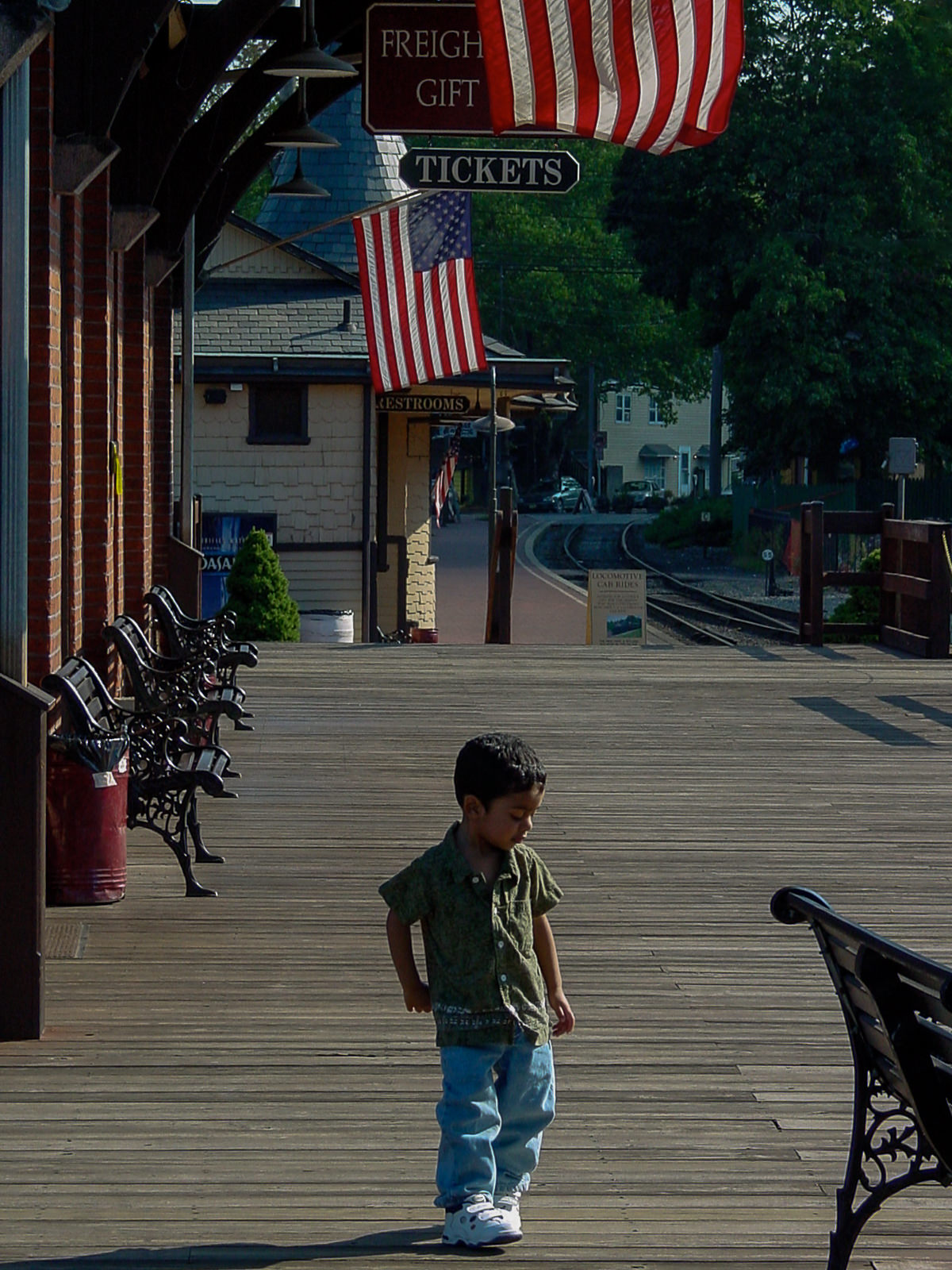
In 2006, I bought a Nikon D40, my first APS-C digital single-lens reflex (DSLR). The Nikon D40 had double the pixel count of the Sony, used interchangeable lenses, a sensor with better dynamic range and colour, which could use larger memory cards. I took a lot of photographs with that camera. I was immediately able to check the screen to see the result. If I didn’t like the result, assuming the moment had not passed, a quick change in aperture, shutter speed, or ISO and a push of the shutter button allowed for correction. The instant feedback loop was encouraging. I learned quickly. My keeper rate went up. I wanted more.
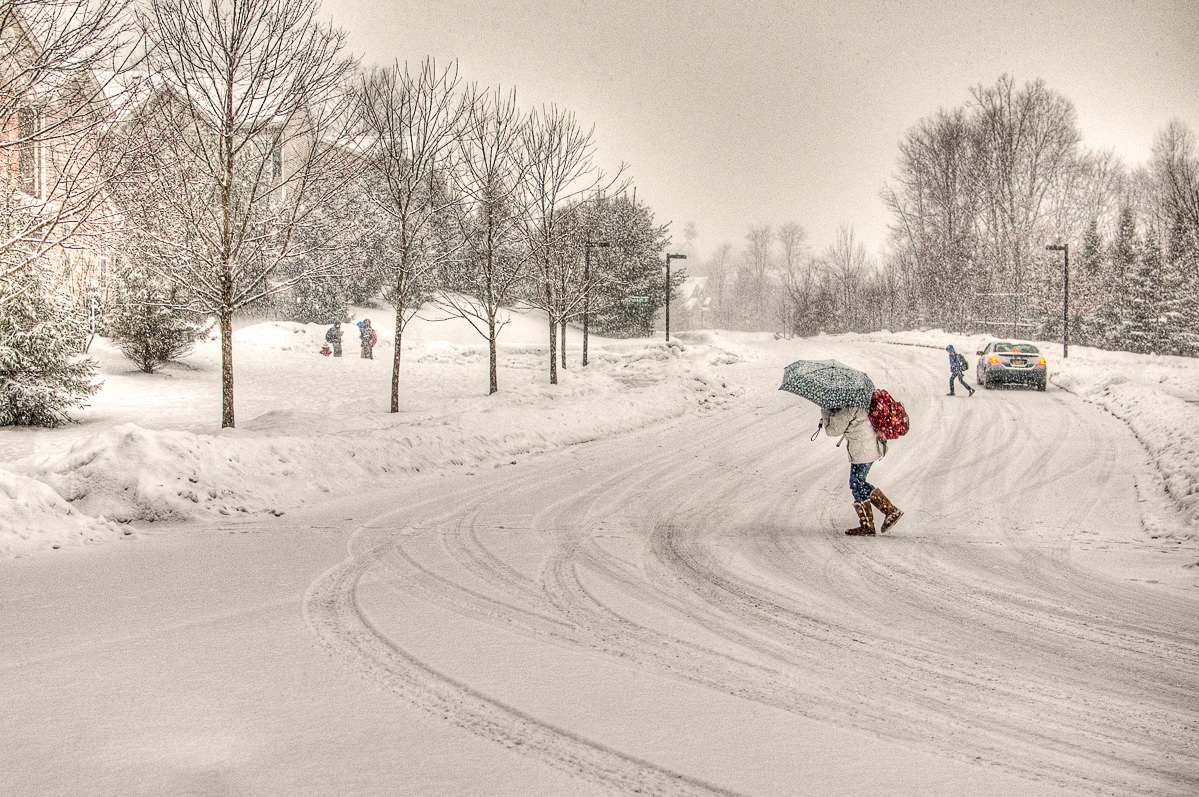
I would take hundreds of photos on any given shooting day. The idea was to pay attention (via the LCD screen) to what was going on in the camera and the frame to have more “keepers” and less junk to sort through at the end of the day. Patience and the process of creating the image have always been essential to every legendary pro, notably nature photographers2 who are known to spend hours in the same place to capture a cherished moment. As I grew more confident in capturing those moments, I found myself snapping at the right time instead of all the time.

I bought more lenses, and in 2011, I upgraded my camera body to a Nikon D5100, a 16 mega-pixel DSLR with a faster frame capture rate, better dynamic range, and live view. Live view allowed me to see the scene or subject as the sensor saw. It allowed me to adjust camera and lens settings dynamically. My actions became more deliberate. I experimented with different types of photography - macro, high dynamic range, landscape, portraits, nature, action, etc. I learned faster. My keeper rate went up, and my confidence increased. I wanted more.
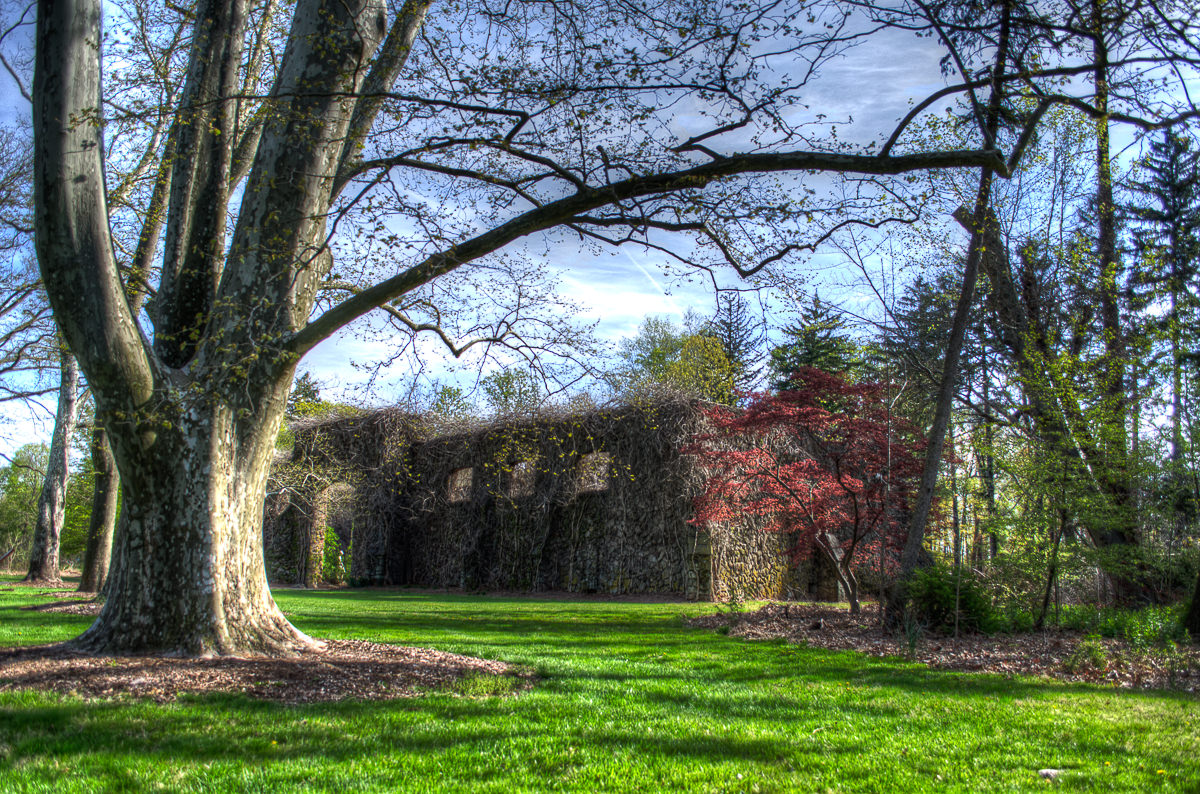
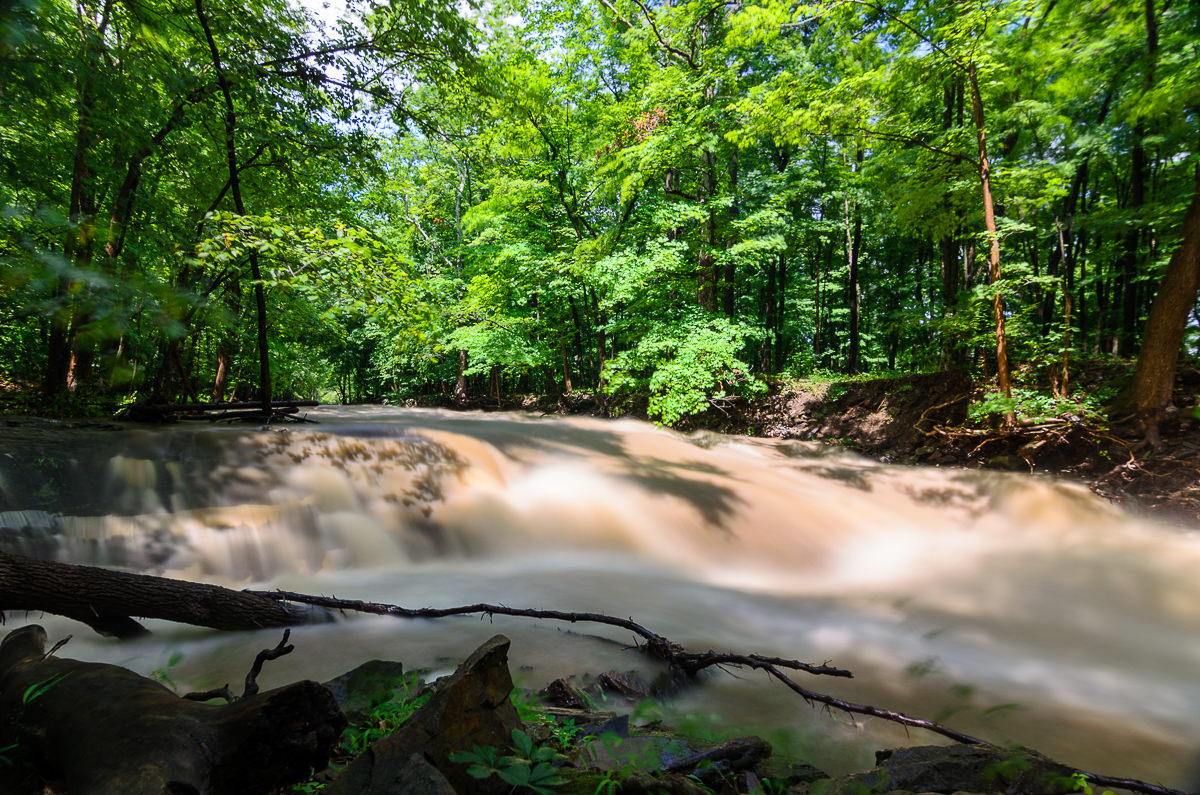
In 2018, I accidentally dropped my Nikon, breaking the mirror box. I sold all my lenses and bought into the Fuji X camera system. More megapixels, an even higher dynamic range, because it’s mirror-less, the Natural Live View inside the viewfinder allows me to see what the camera sensor sees. The Fuji system camera controls (shutter speed, ISO, and exposure compensation) and lens controls (aperture) are right at hand. As I adjust the settings on the camera, the viewfinder dynamically changes to show the scene exactly the way the camera’s sensor would record it. I no longer had to guess, imagine, or be concerned about how the photography would be recorded. I took fewer shots. My keeper rate went up. I wanted more.

In 2020 I bought an old Minolta 35mm film camera and lens, and I tried shooting 35mm film alongside my Fujifilm. I am not good at it. I once again have to learn to imagine what the camera sees. What I see through the viewfinder bears no resemblance to what will be recorded onto the frame of 35mm film. My vision is worth nothing. It is still an expensive endeavour to purchase ($8-$10), develop ($5-$7), and (now) scan ($4-$5) one roll of 35mm film. That doesn’t include shipping. My keeper rate is low.
I know how I learn. I learn best with feedback. Instant feedback. My photography improved rapidly when I switched from 35mm film photography to digital photography. The improvement encouraged me to learn more. Once the equipment is purchased, there is no cost to expose a frame in digital photography. One-shot or 100 shots. The price is the same. I learned faster because I could look at the result on the screen, adjust the settings and try again. Rinse later repeat. With Fuji's Natural Live View feature, I can see the results in real-time BEFORE I push the shutter button. I am more deliberate with my photography. The results encourage me to continue to learn and grow. My keeper rate is higher.
With 35mm film, none of this is possible. This is frustrating to me. I am re-learning at a snail's pace, and with each roll of 35mm film I develop, I think to myself, “what a f**king waste of money”. The photos below are from a 36 exposure roll of Kodak Professional T-MAX 400 35mm film. One of three 35mm film rolls (the other are FPP and New Classic EZ400) that I exposed between January and February. By the time I finished telling the roll of film, shipped it for development, got the negative back and scanned them, I had forgotten “why”, “how”, and “when” I took each frame. I know I used my XD-11 and MD Rokkor-X 45mm lens, but I know nothing else. These photographs are like the little bits of odd and ends of cloth used to make ill-fitting clothing.
I need to reset my expectations. I think I’ll put the 35mm film photography on the shelf for a bit. I’ll continue to shoot 35mm film but at a slower pace, maybe expose a few rolls over a month; My Fujifilm digital mirror-less camera makes me feel like “I can do it”. The 35mm film camera makes me feel like an idiot.
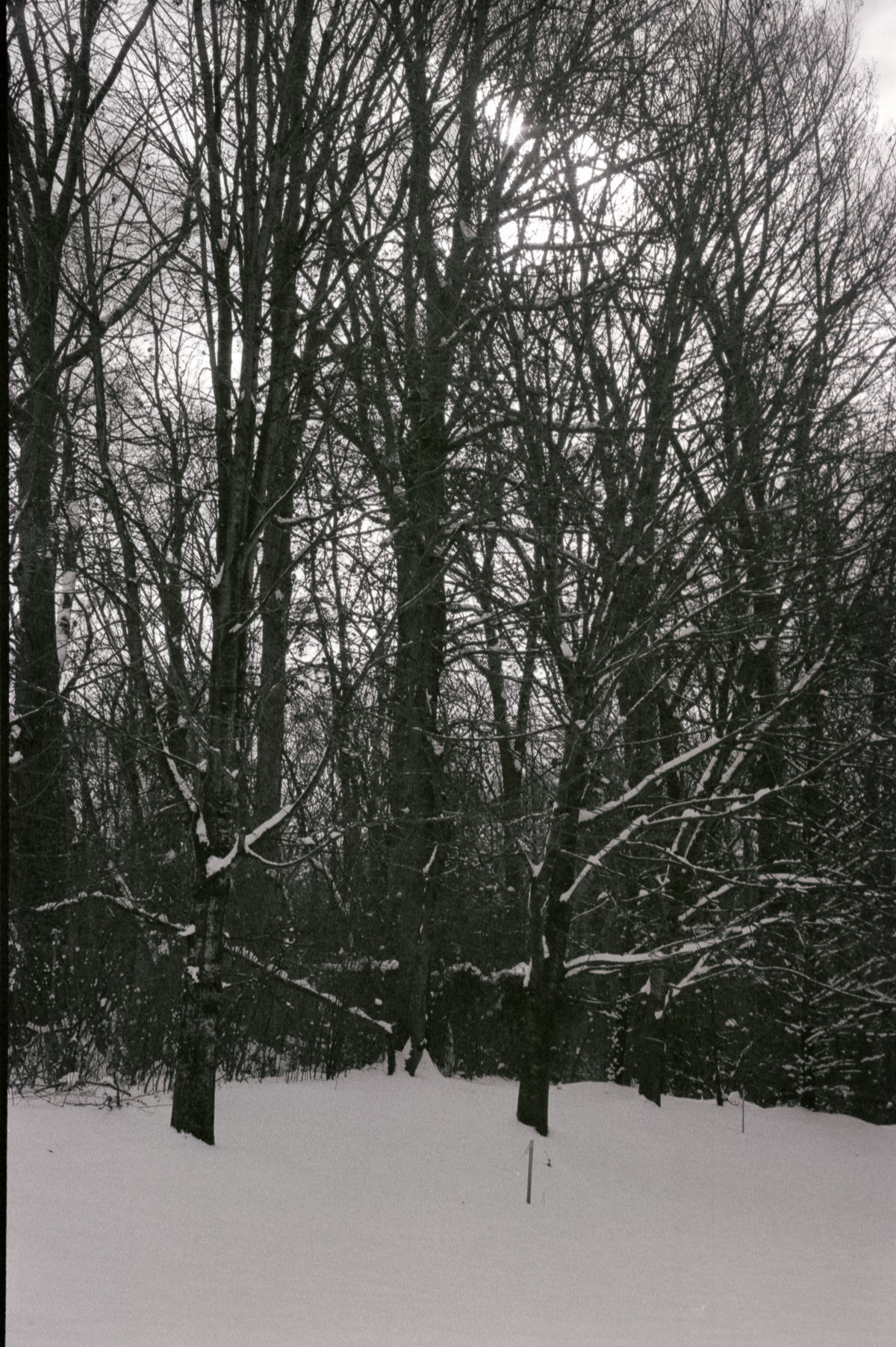
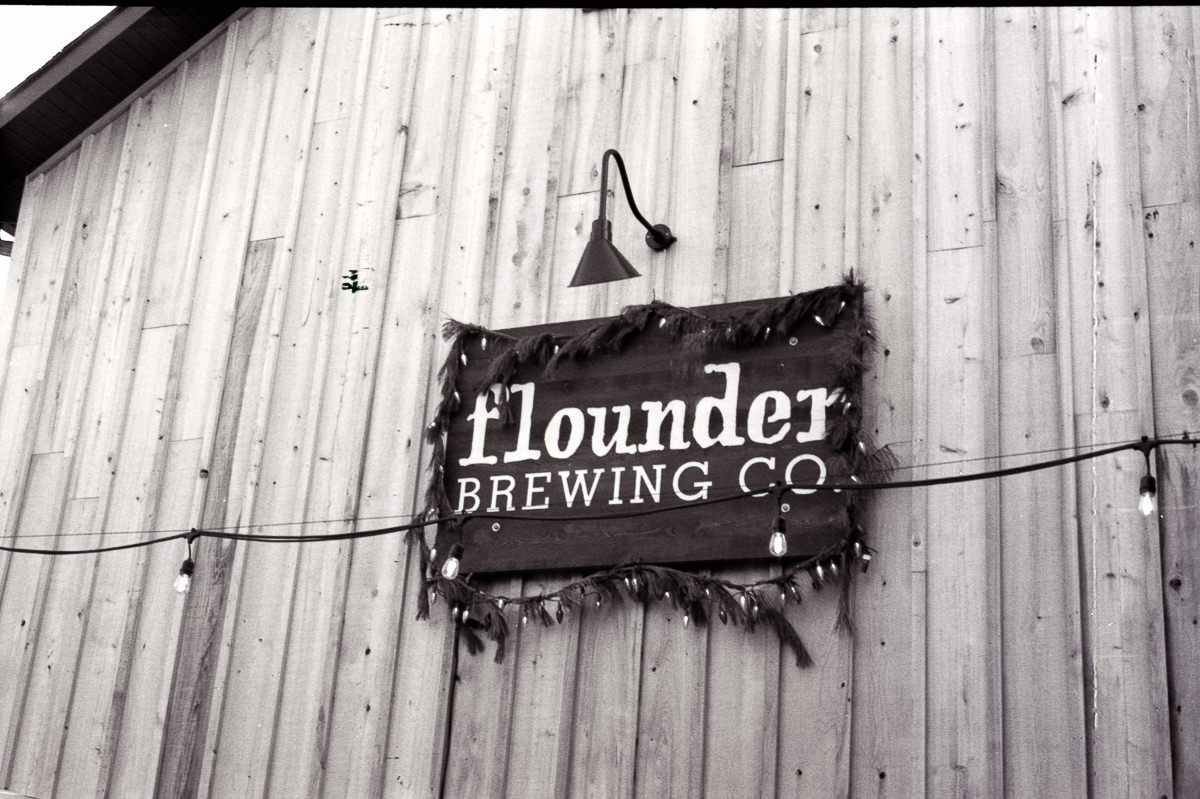
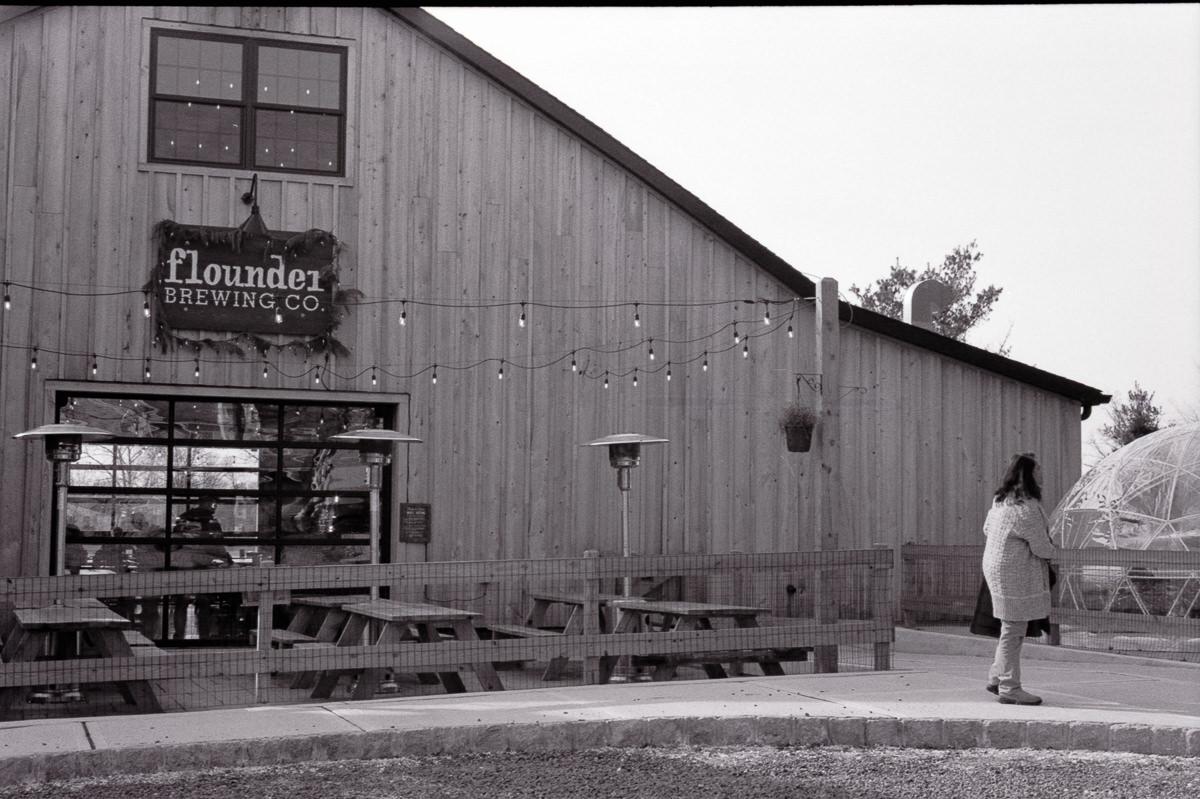
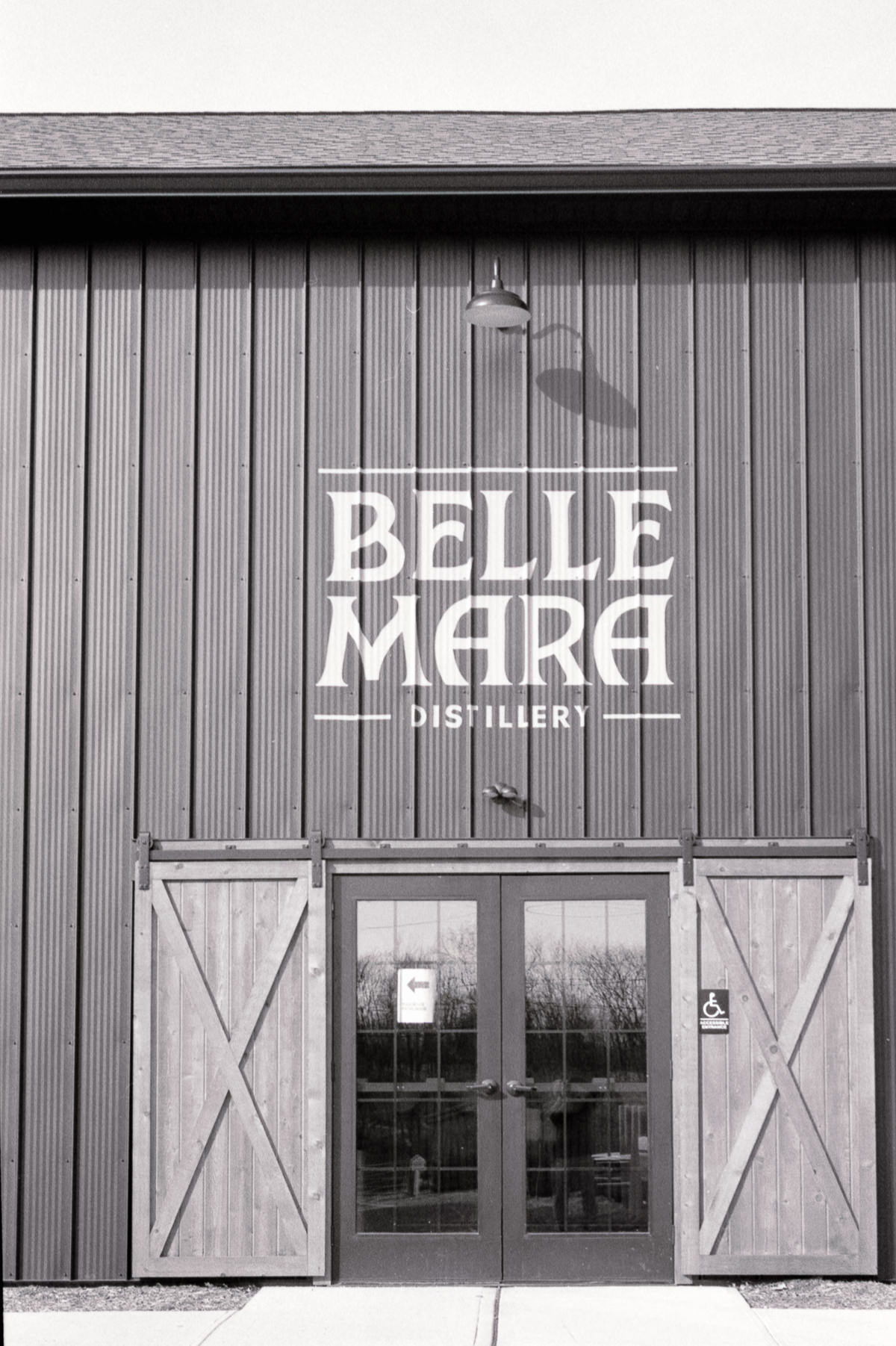
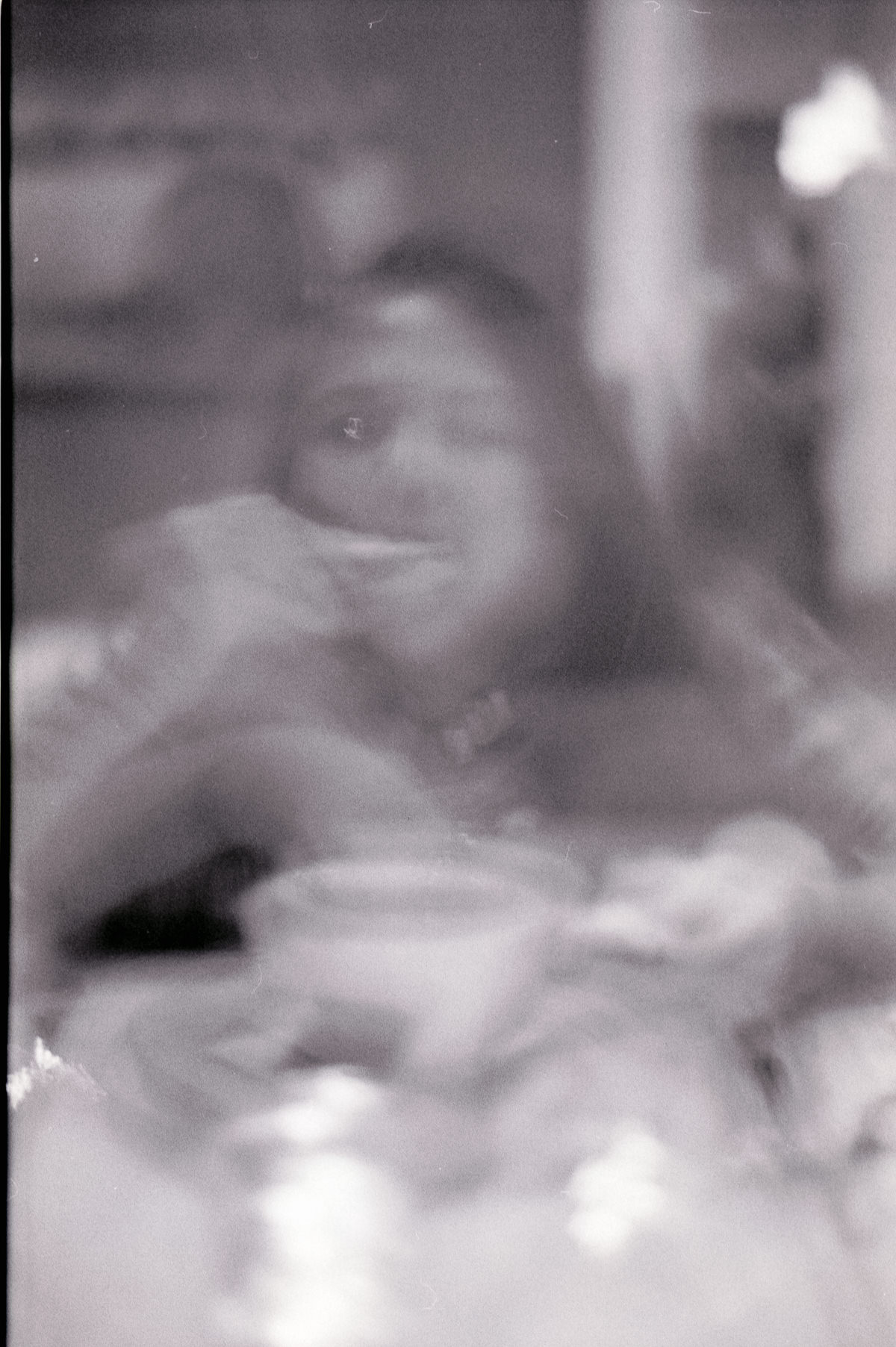
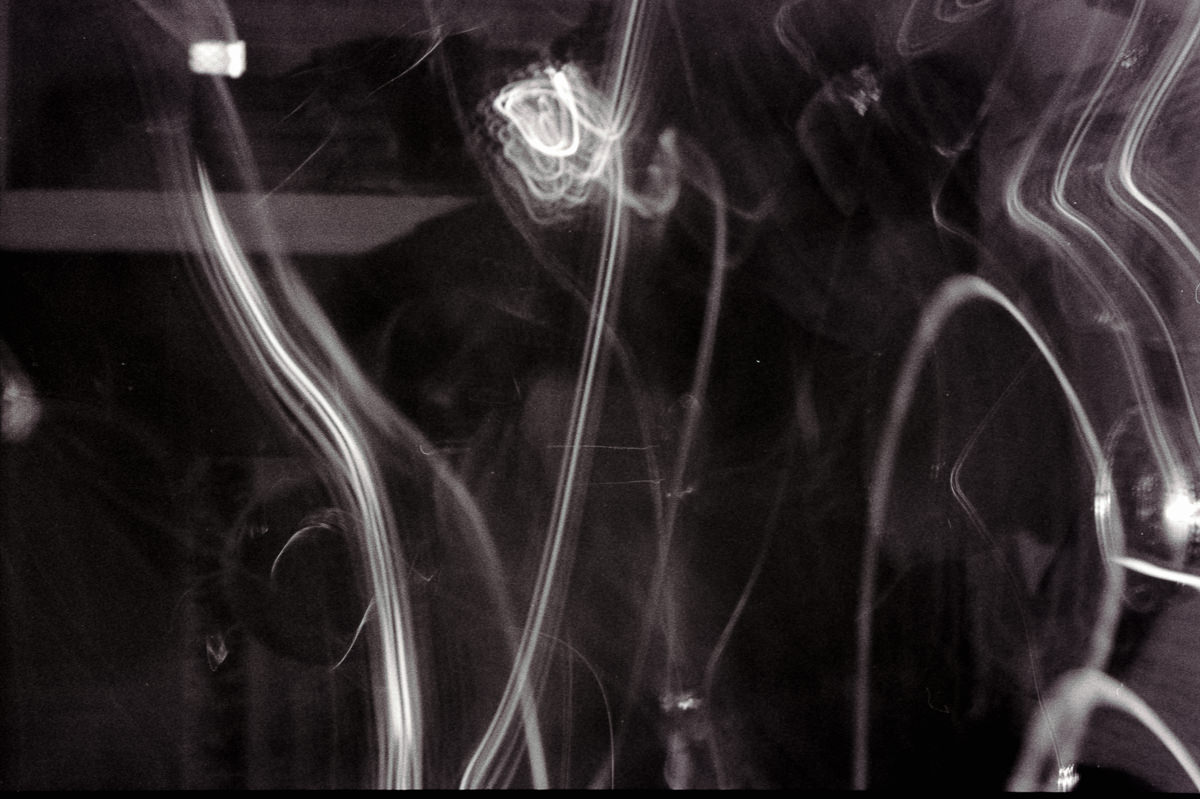
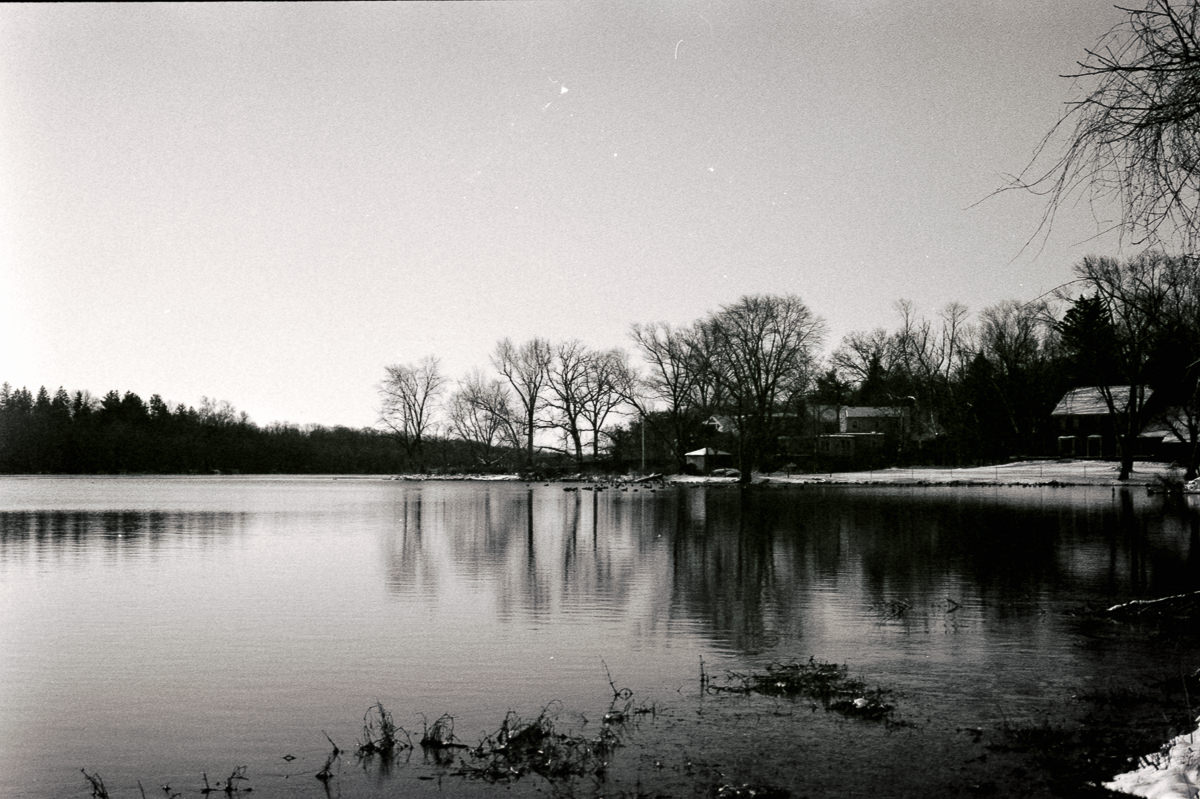
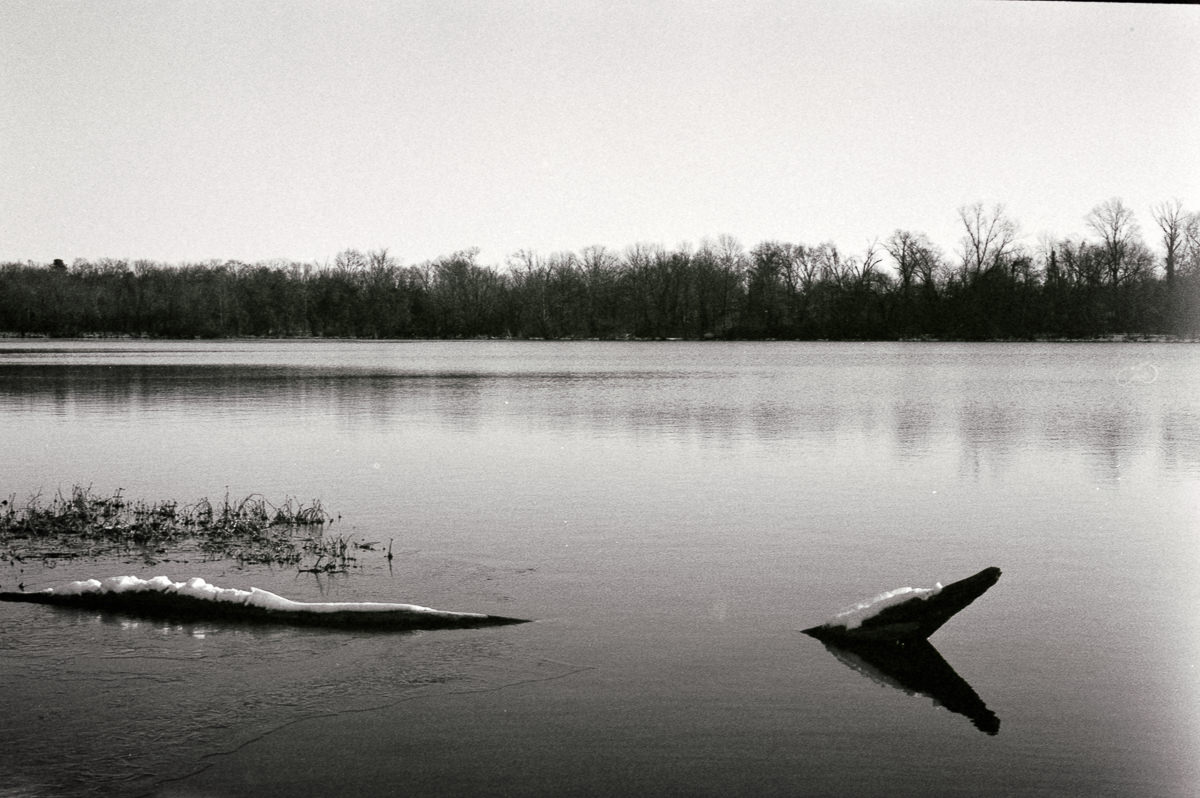
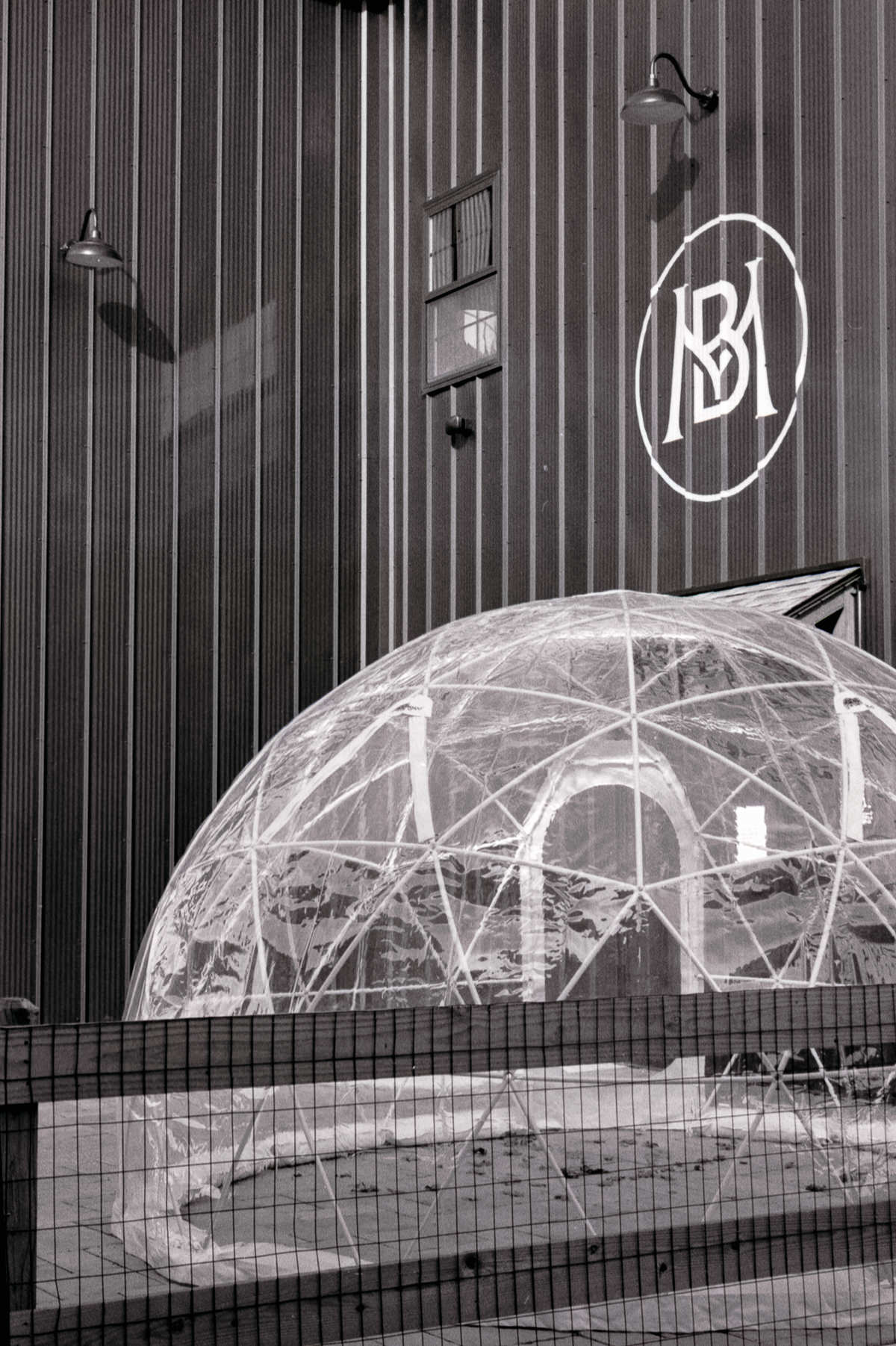

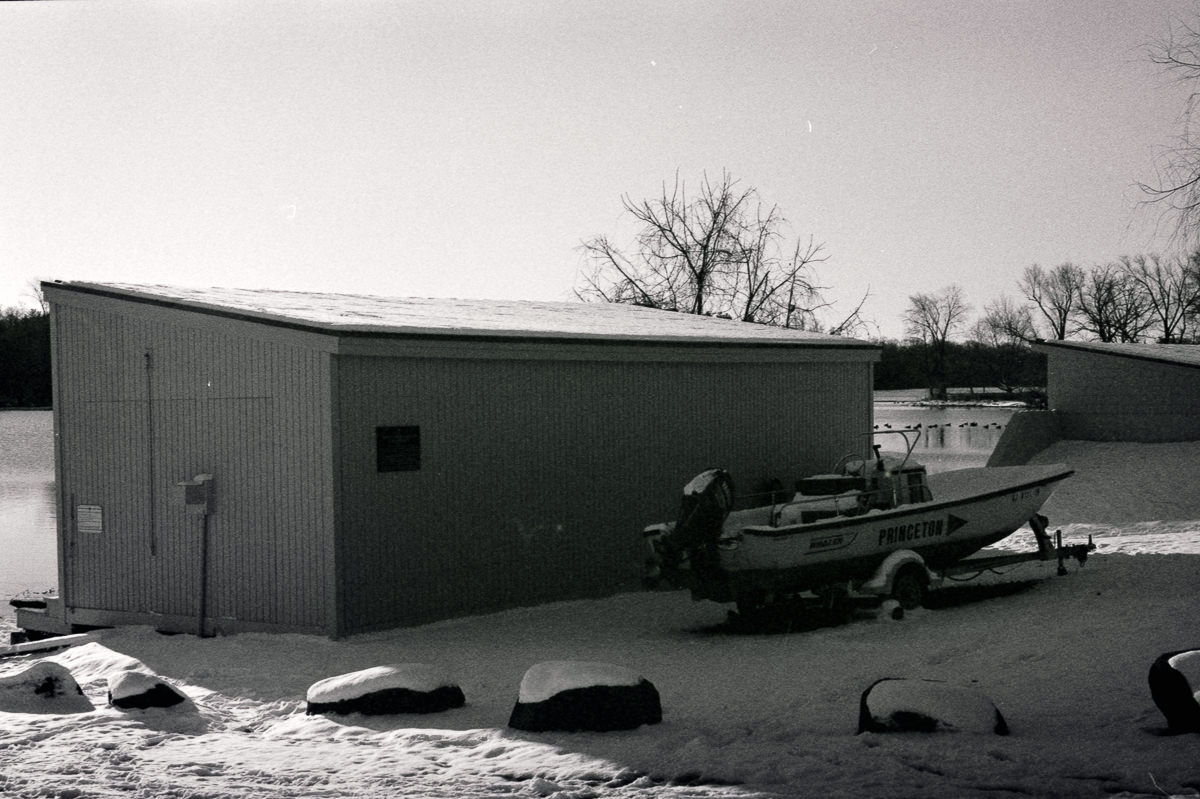
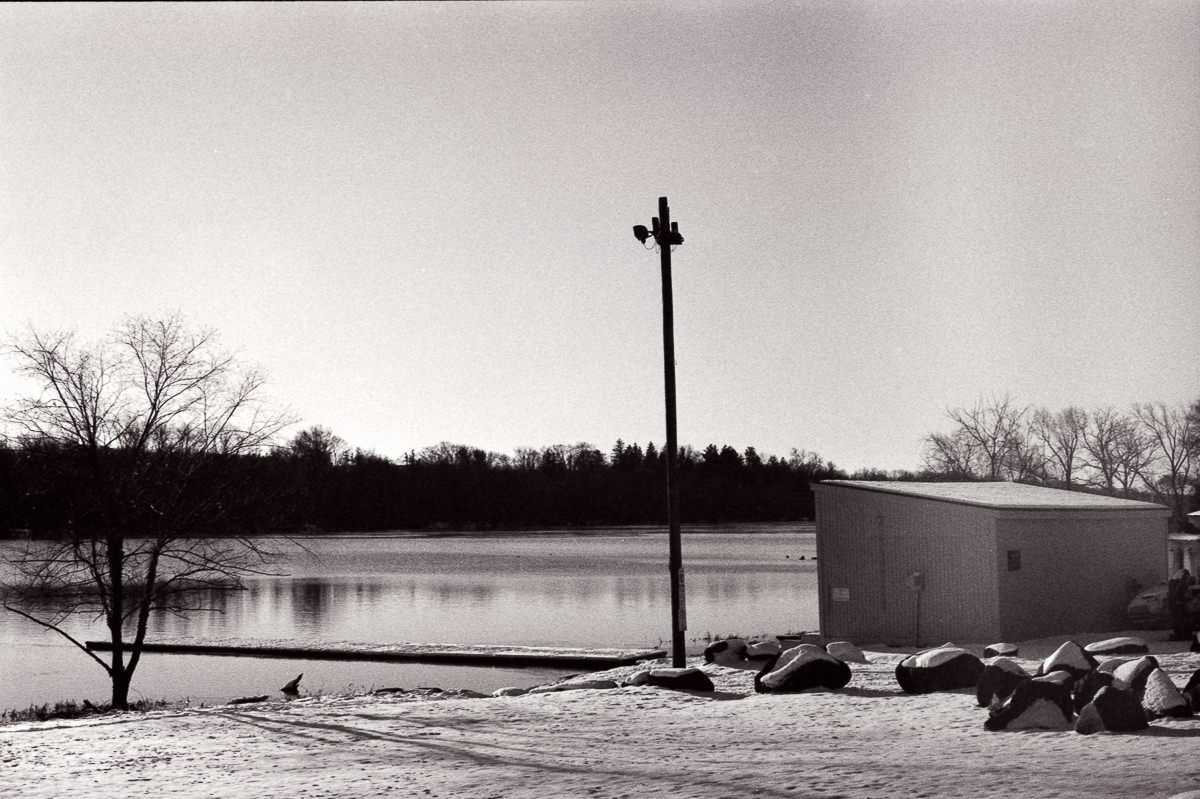
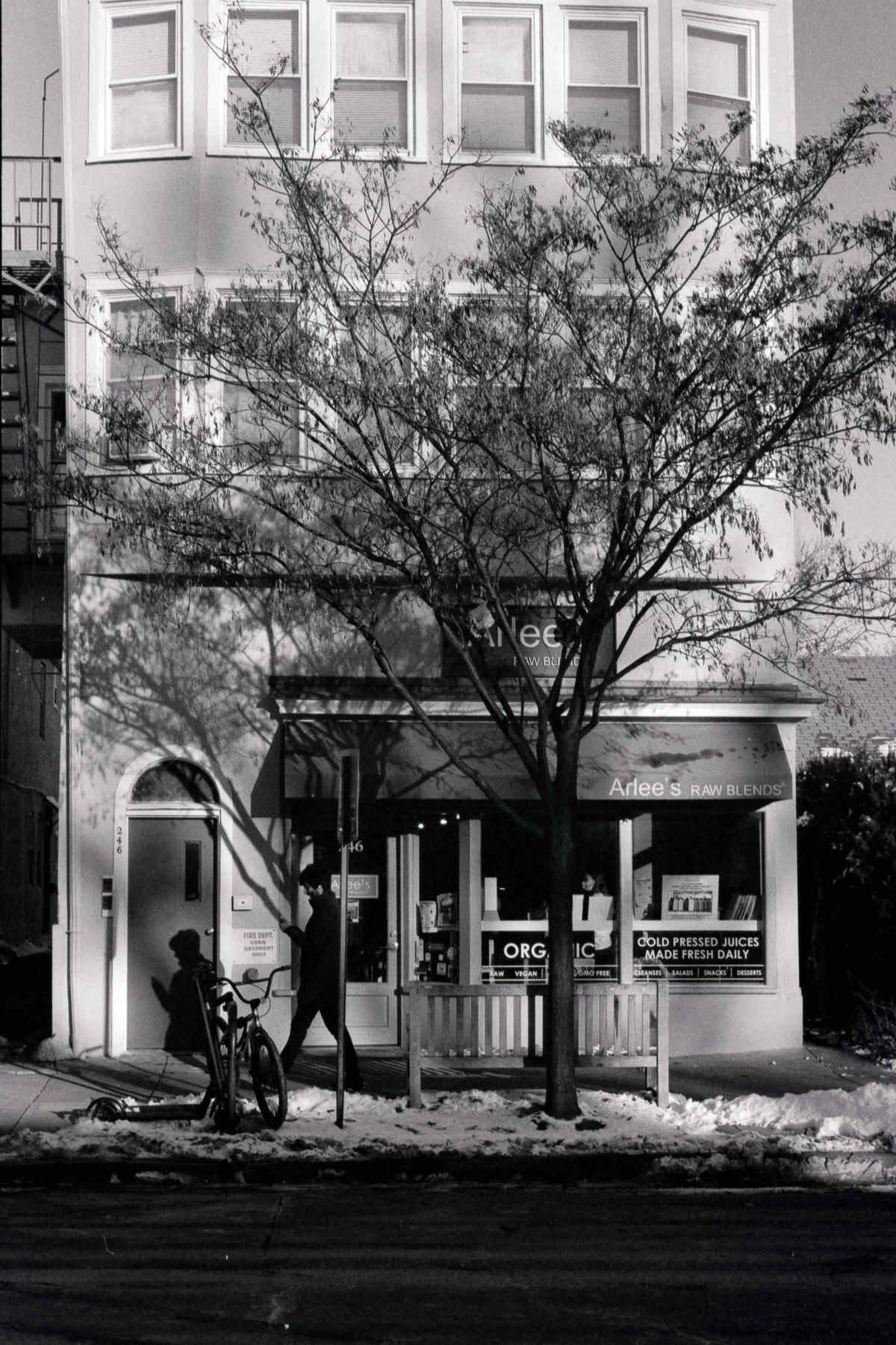
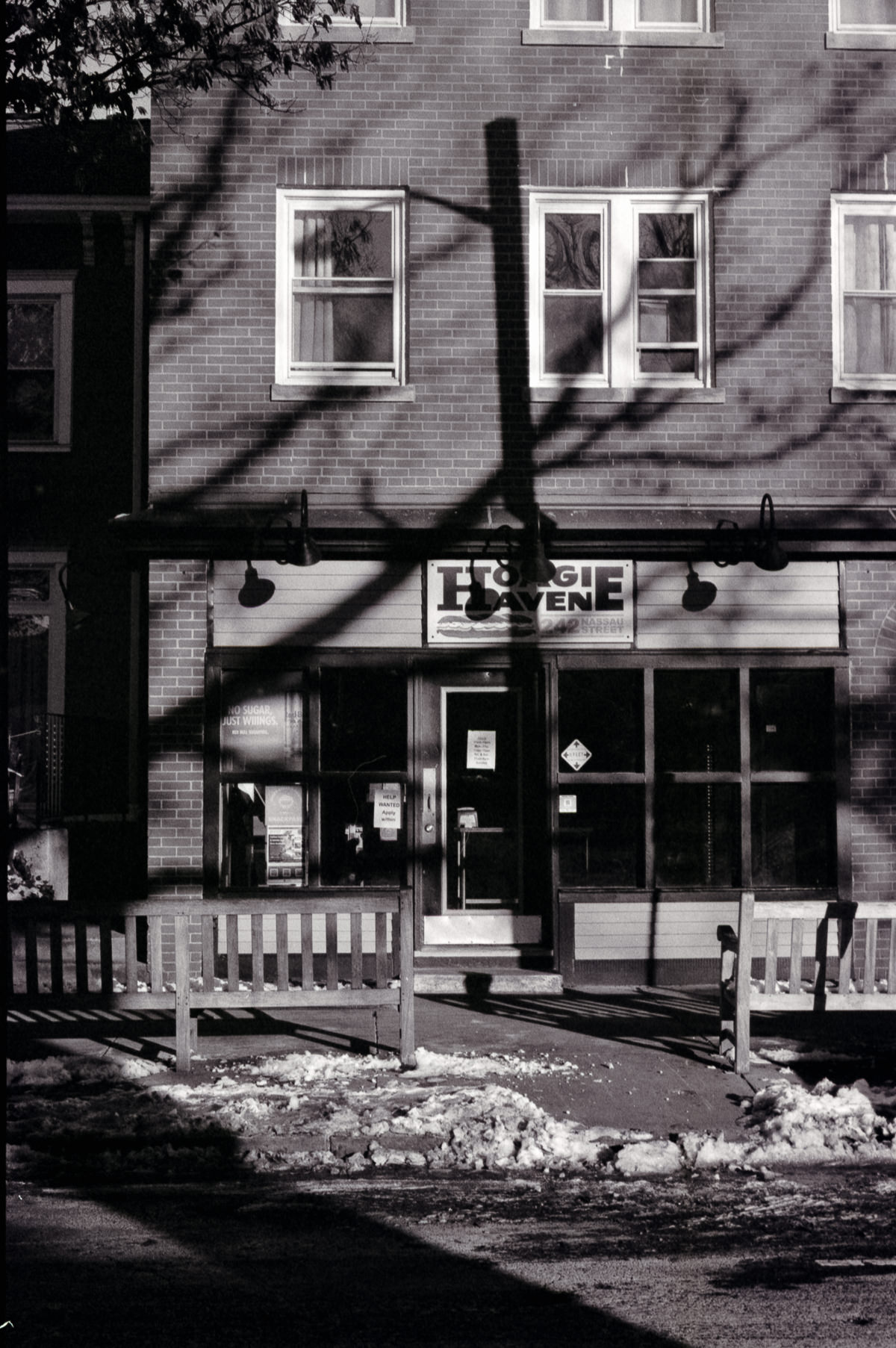
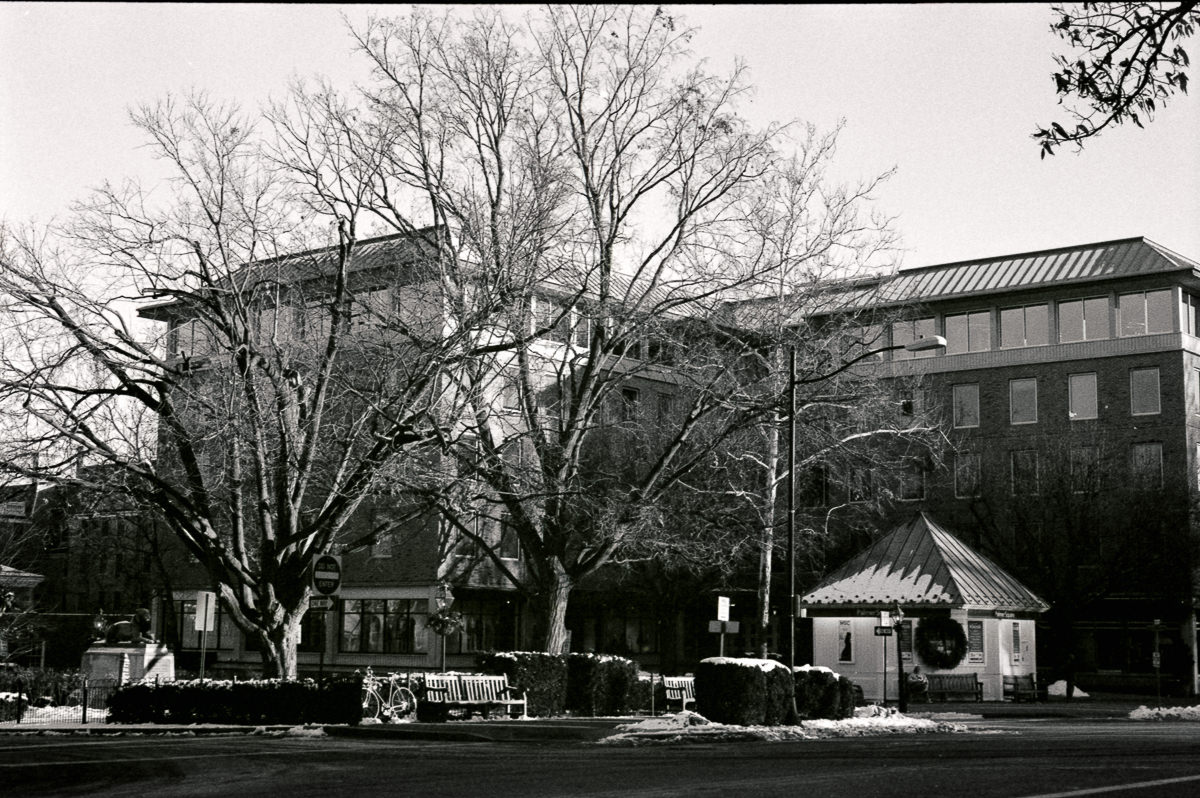
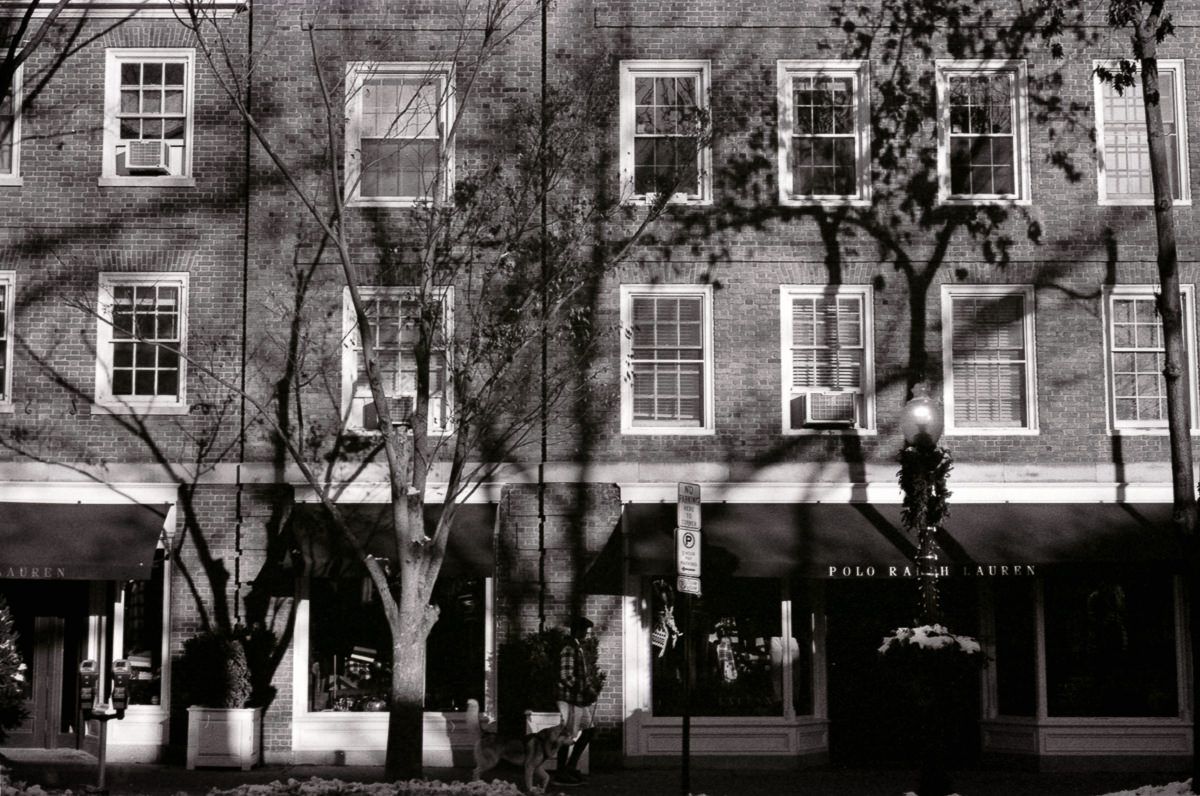
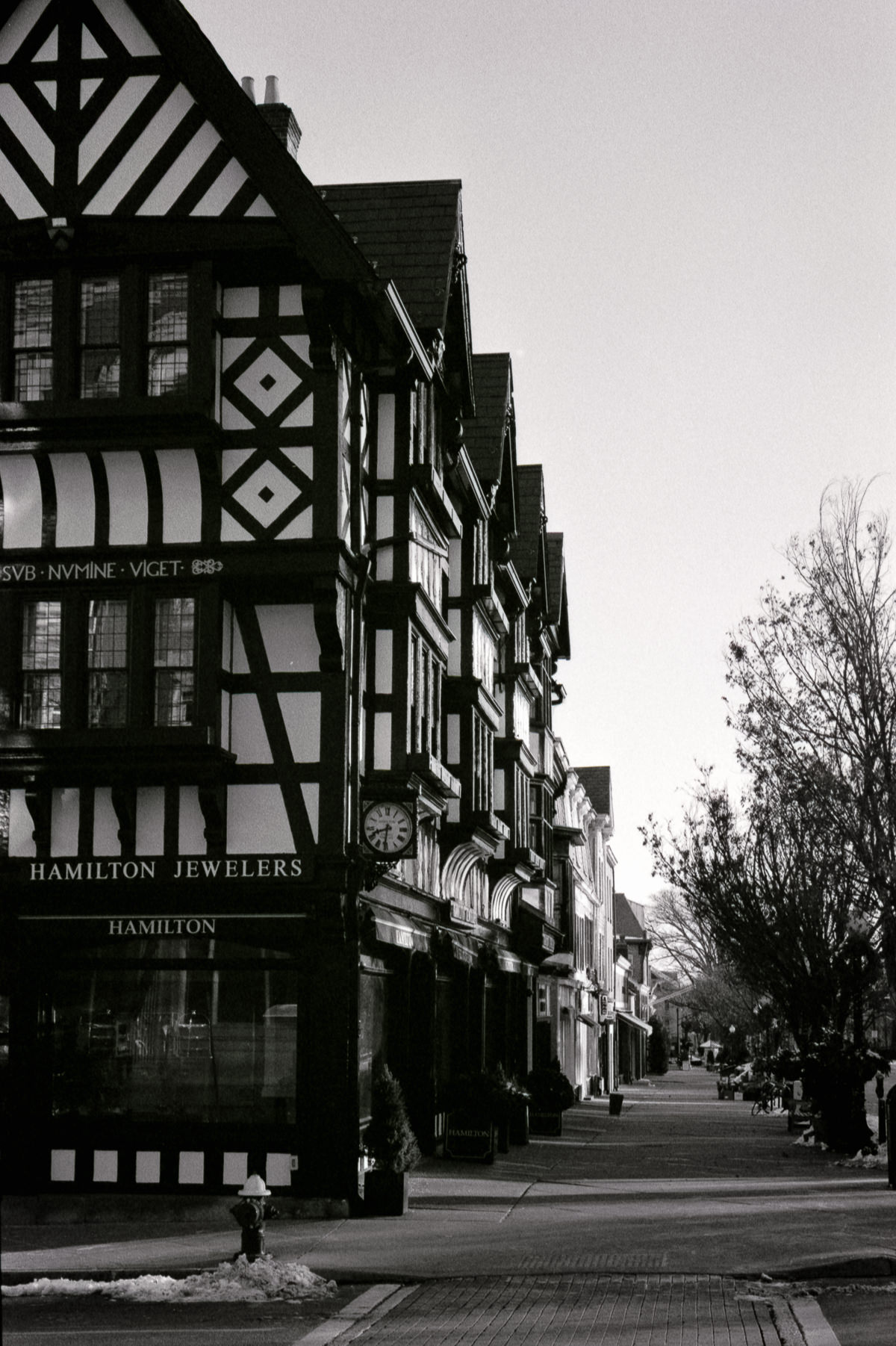
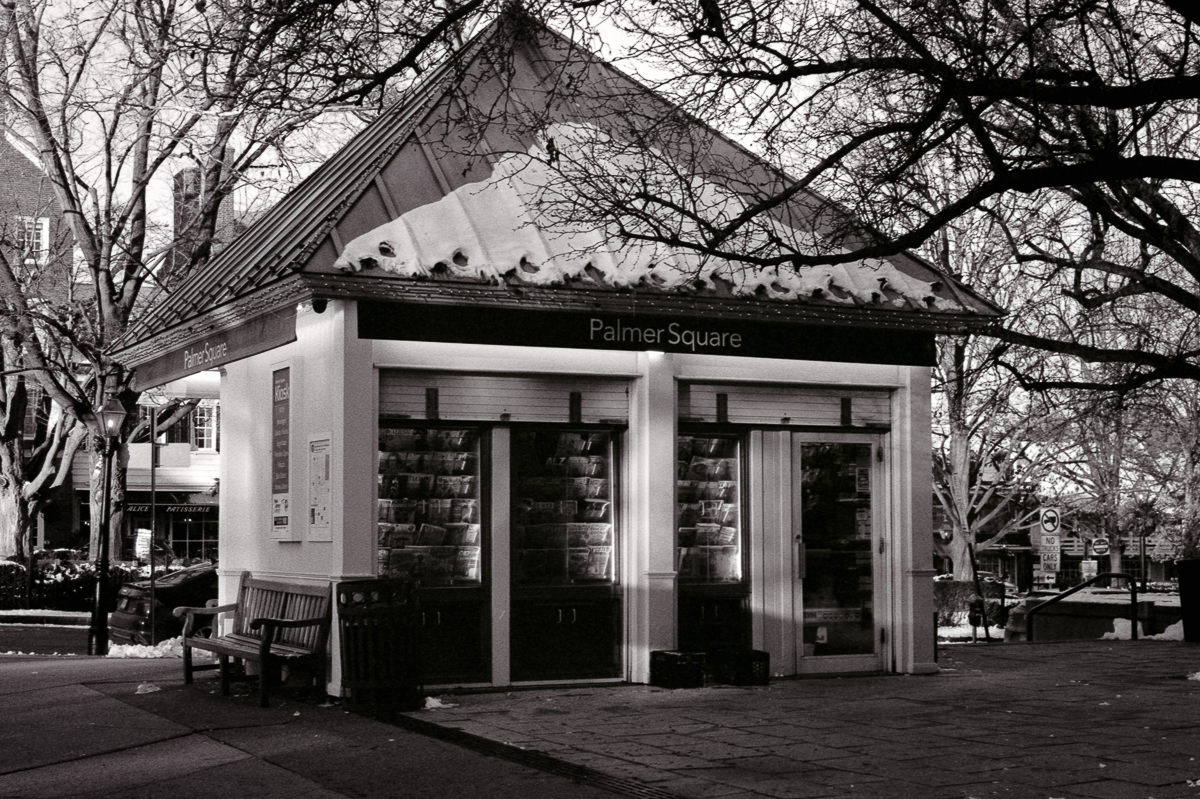
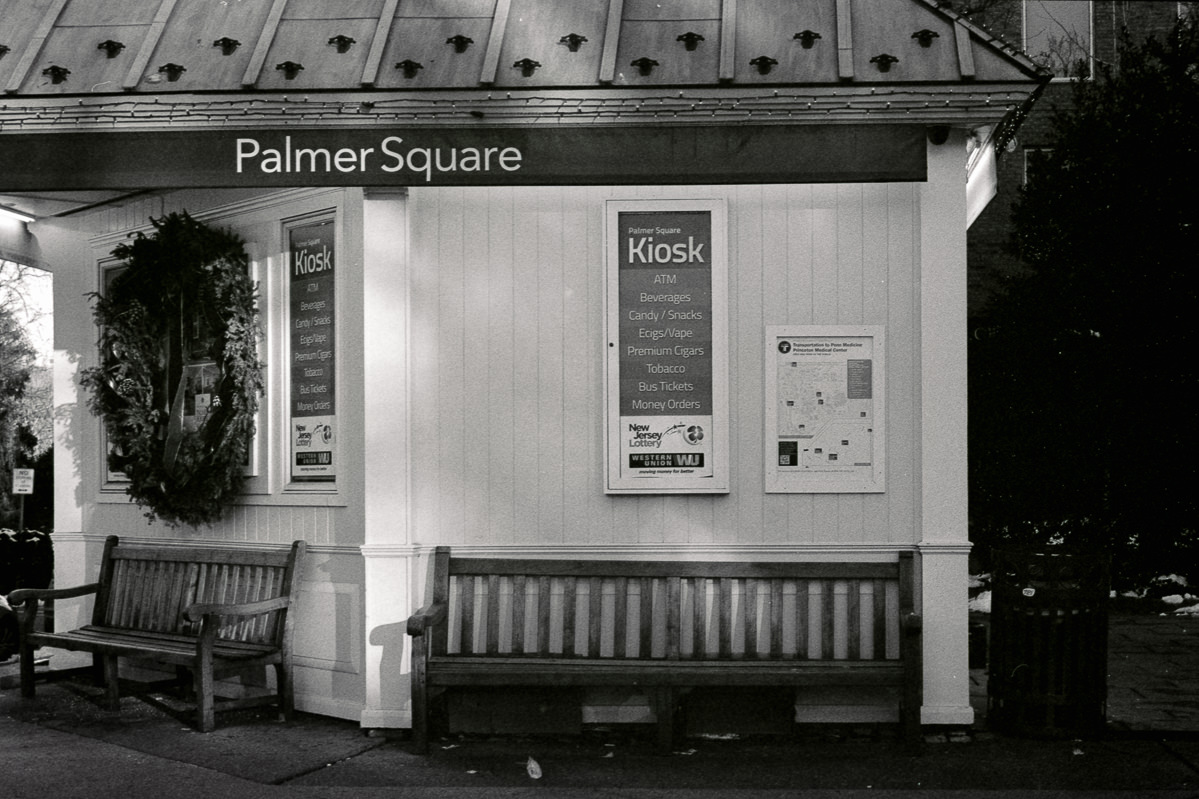
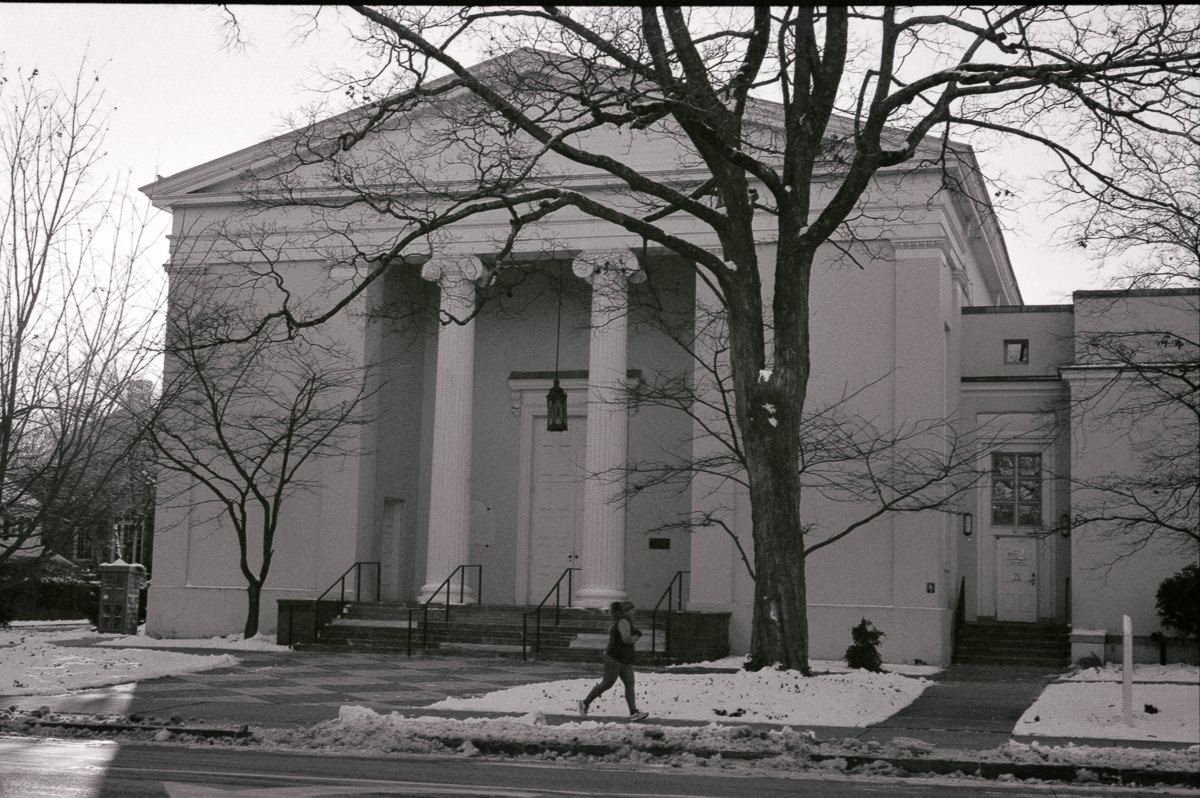

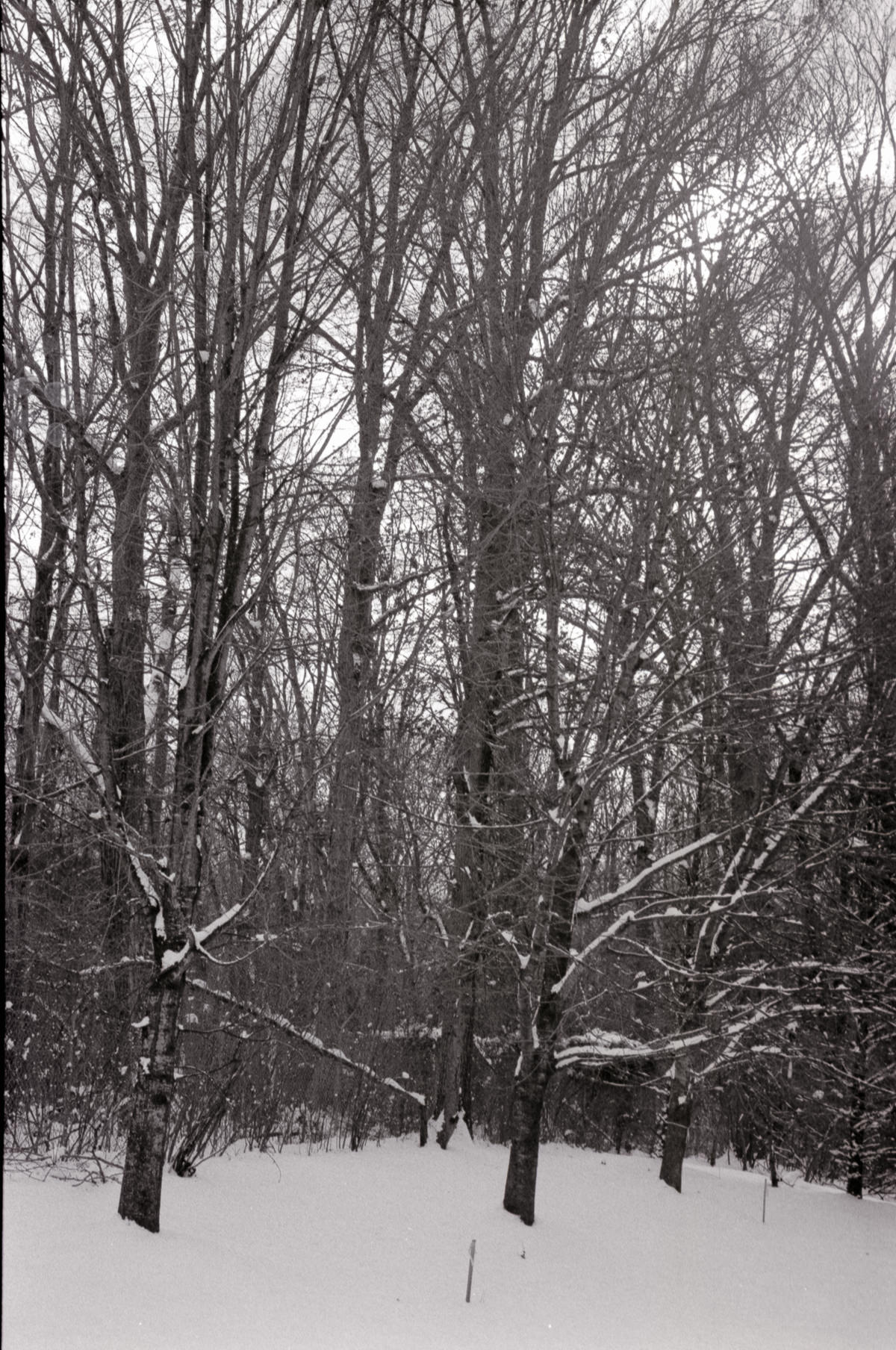
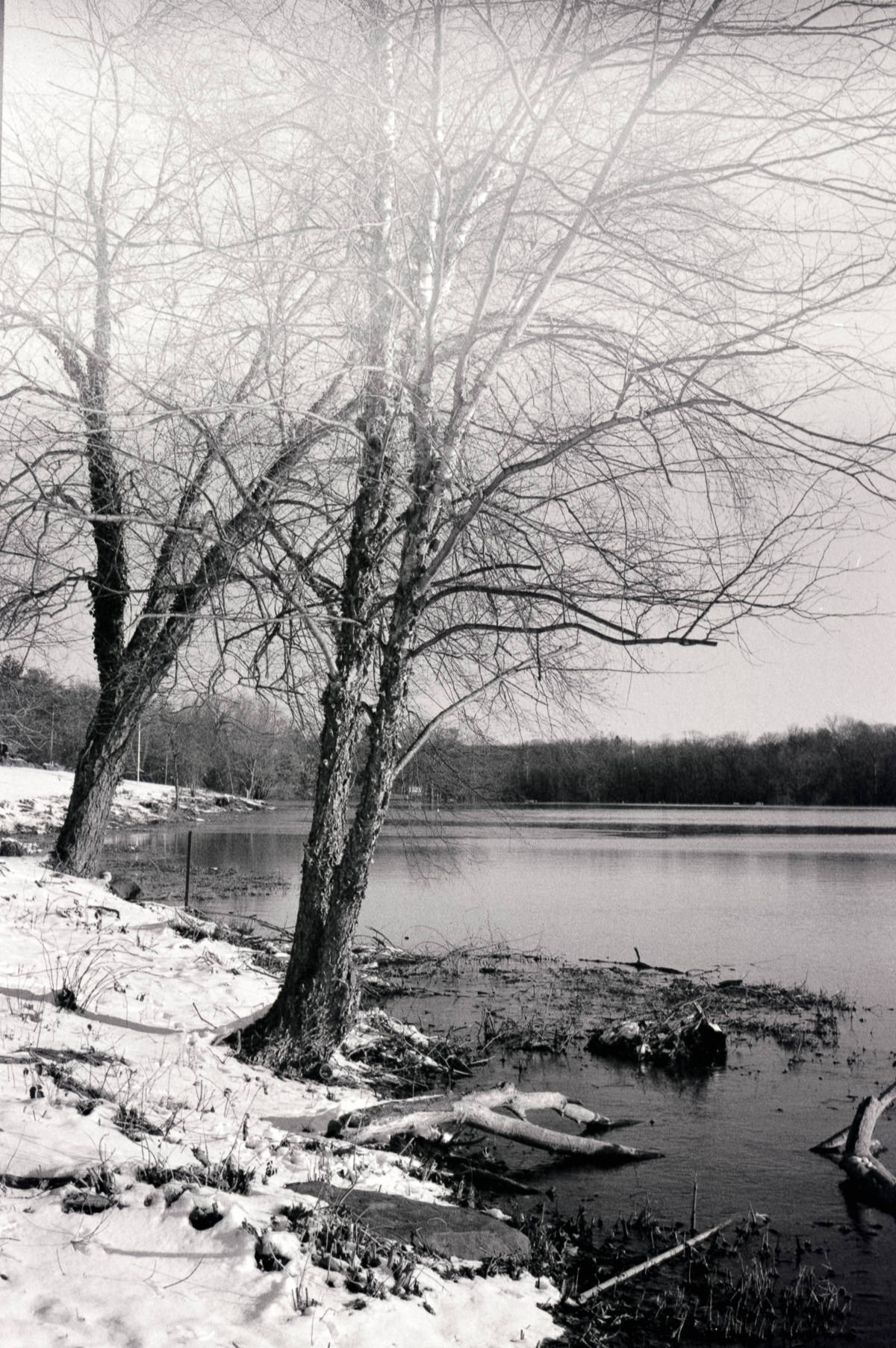
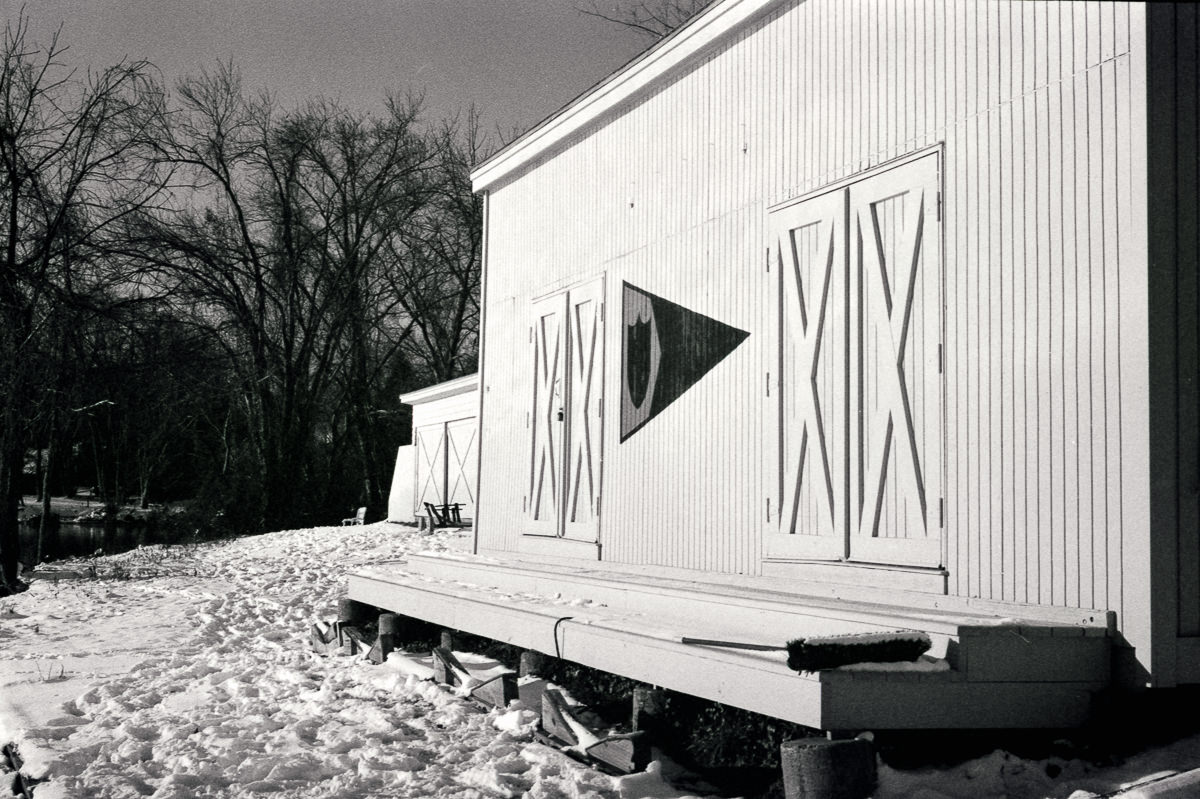
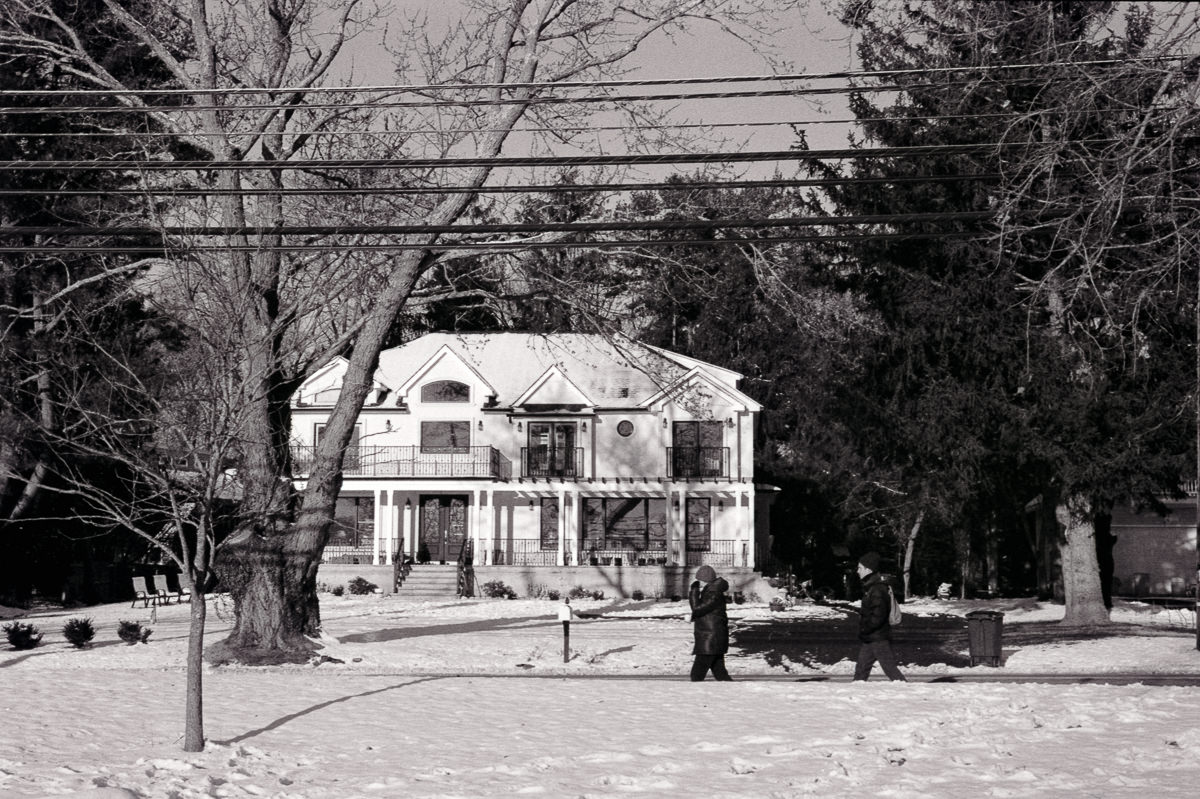

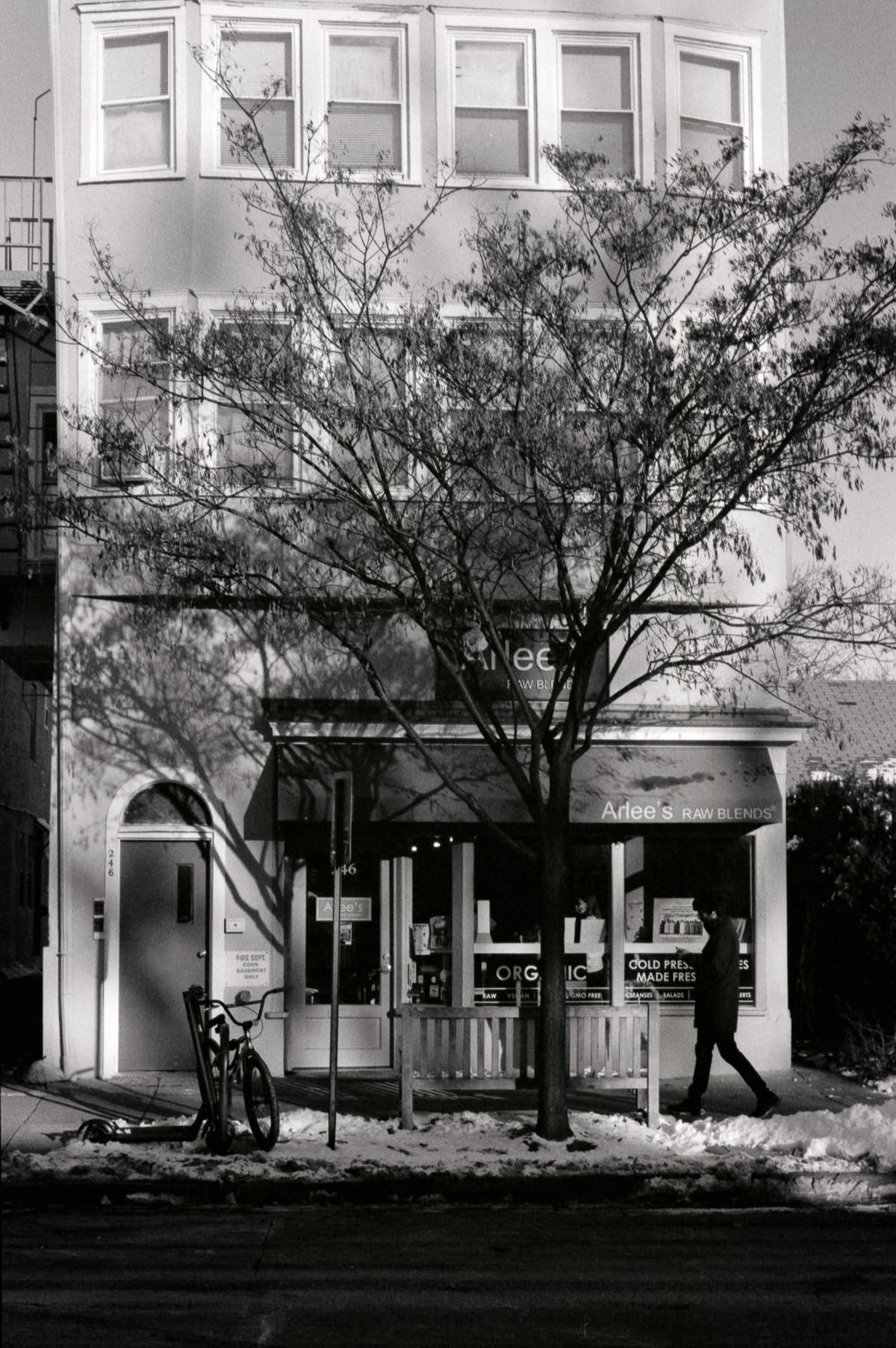
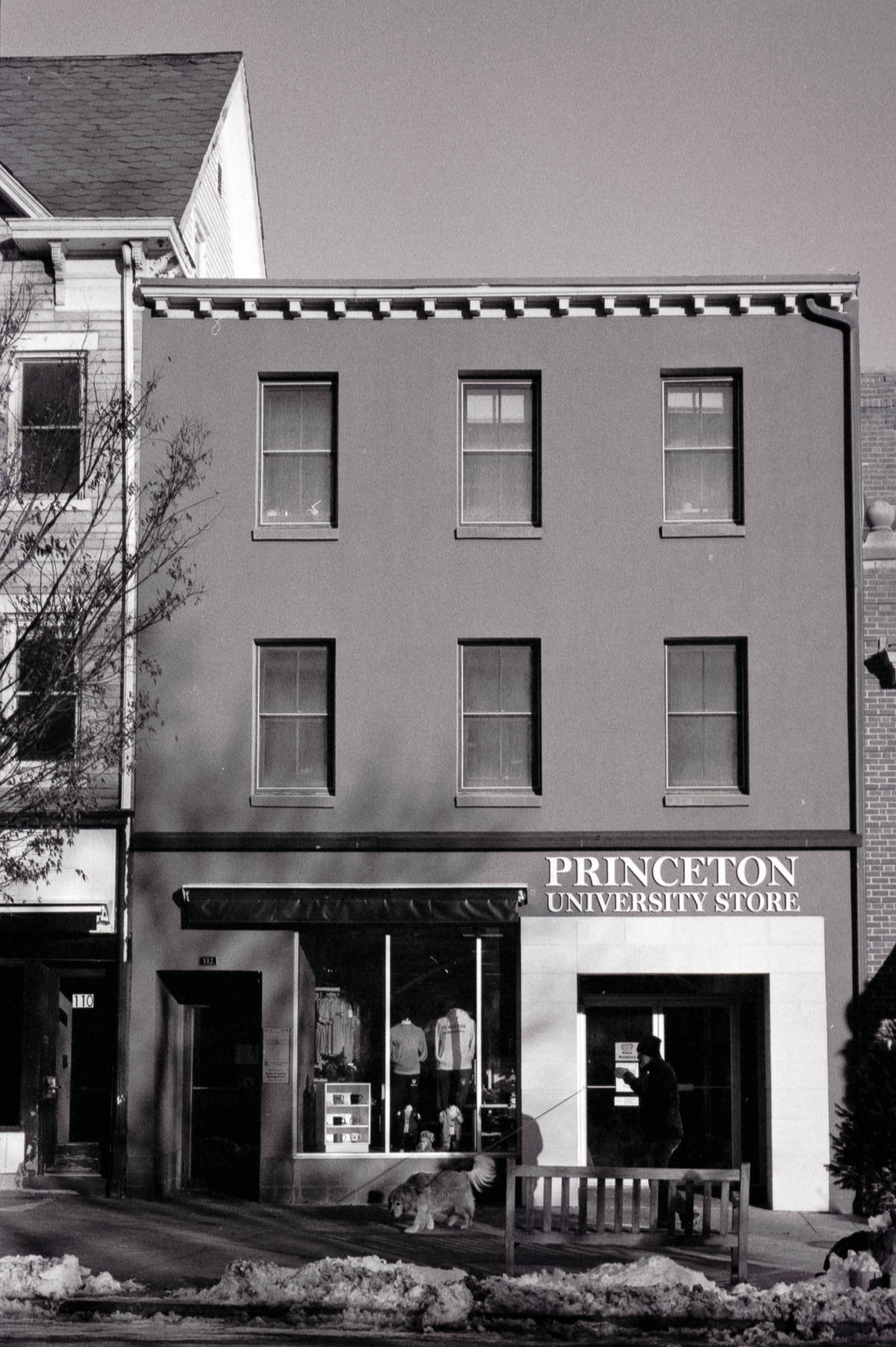
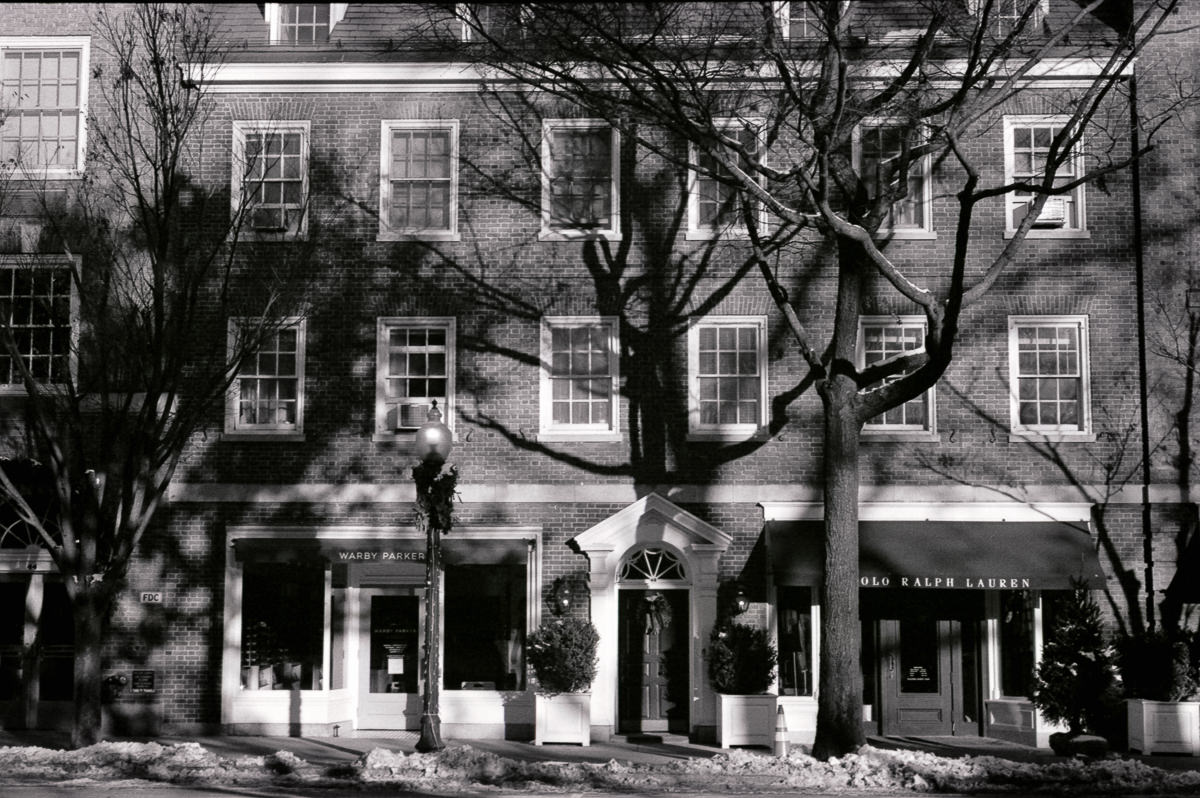

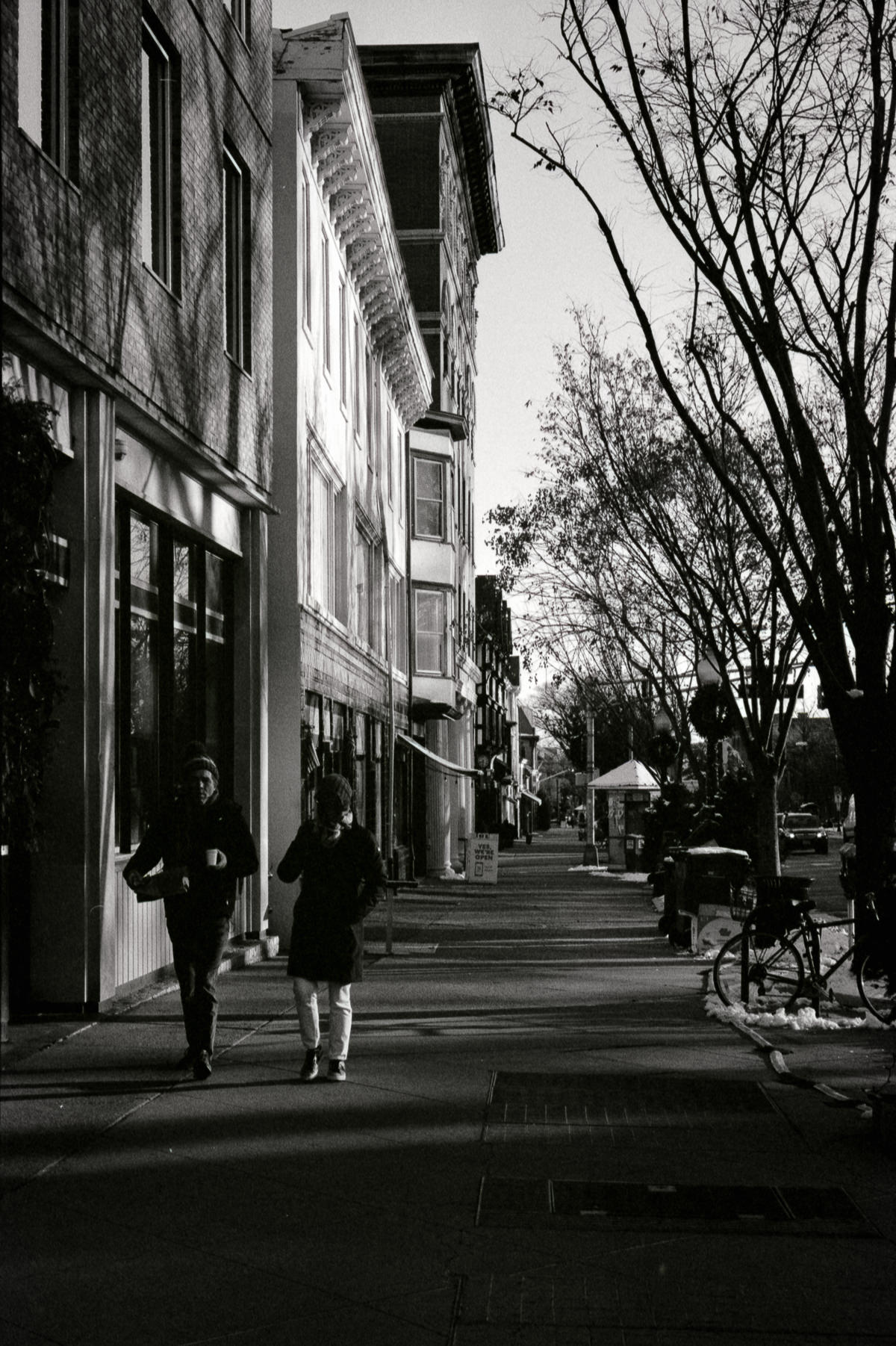
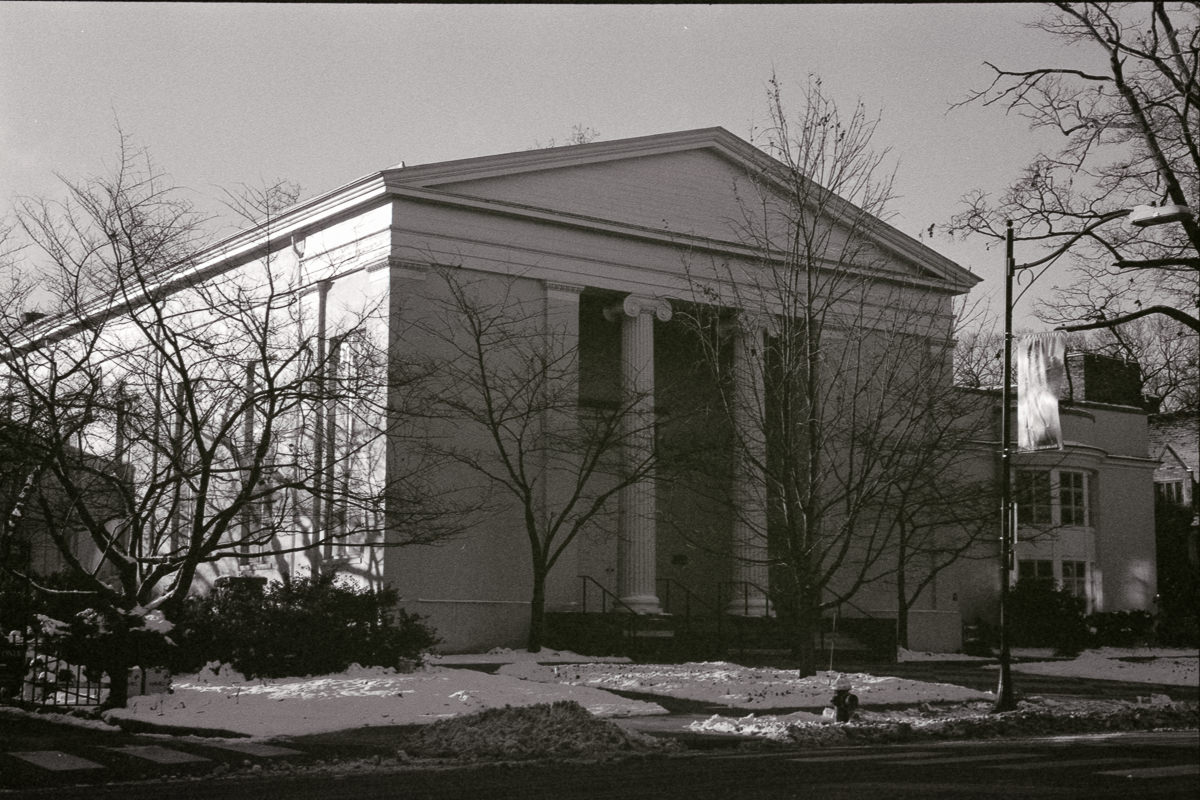

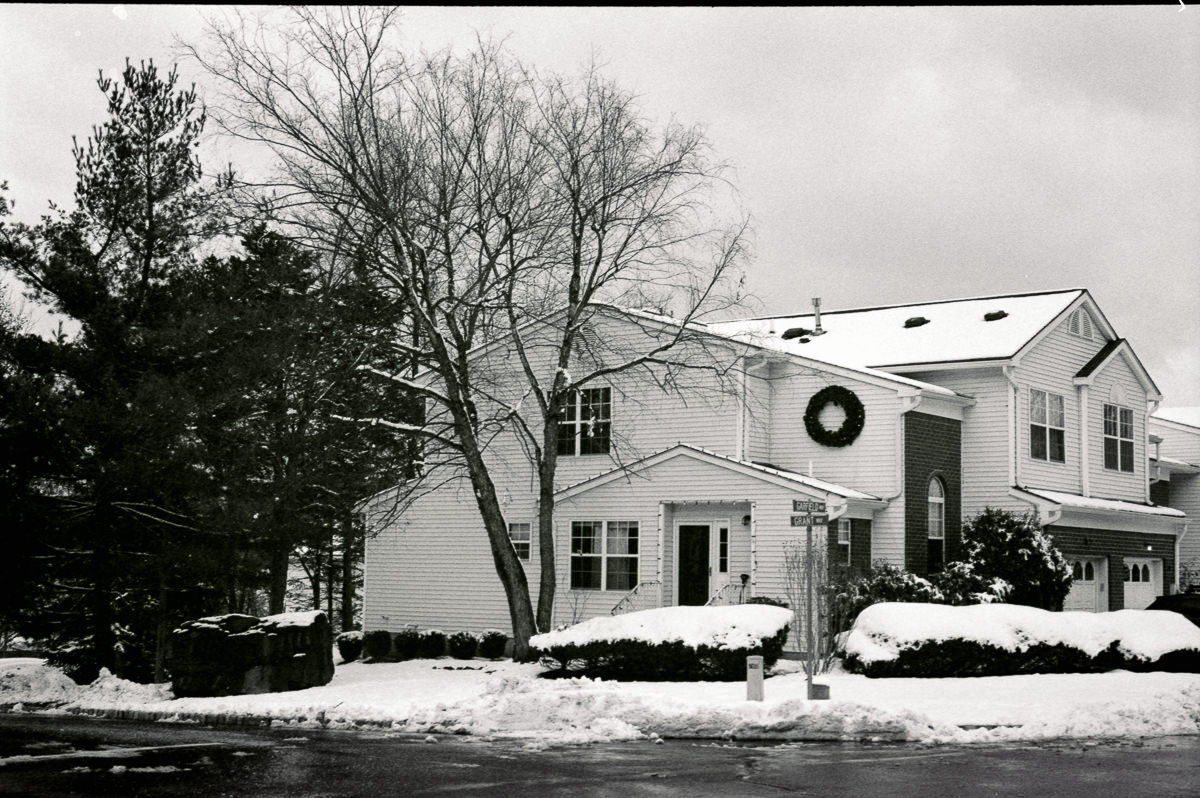
- In the 1990s, that would be either 4"x6" or 5"x7" prints. ↩
- I learned a lot about patience when I first tried bird photography. ↩
